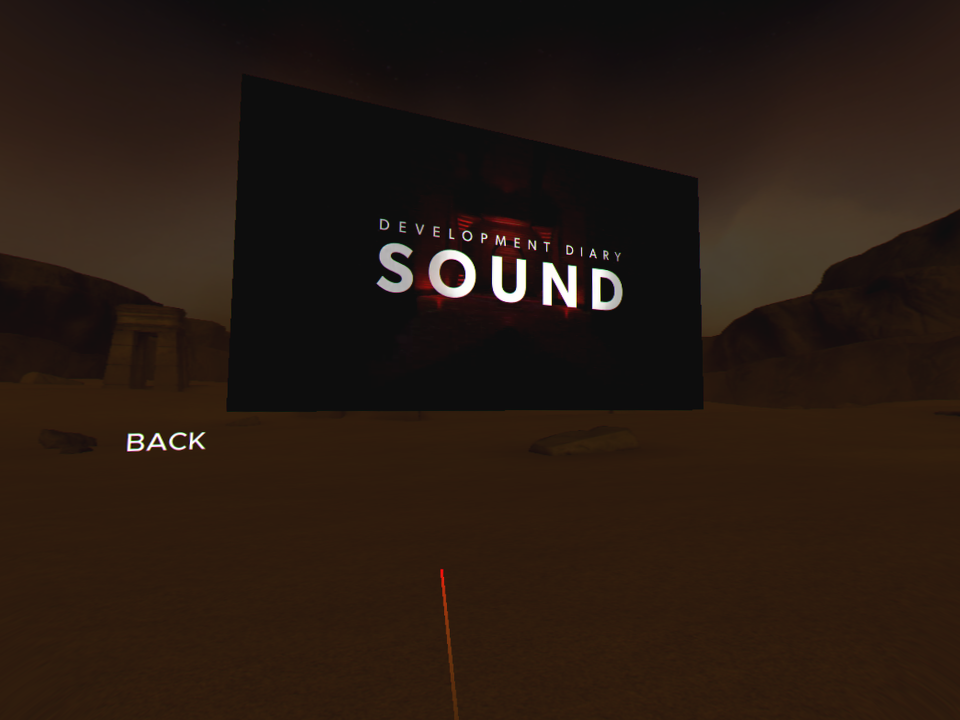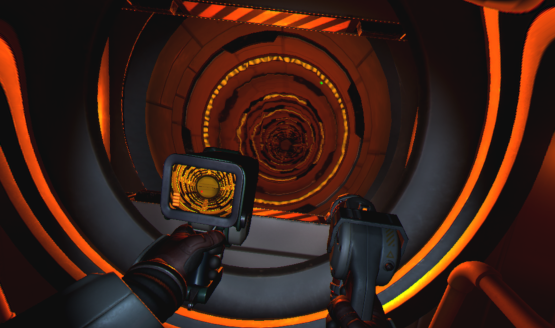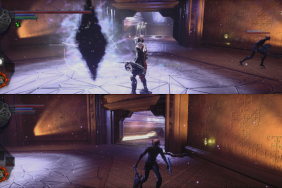3rd Eye Studios is set to release a PlayStation VR port of their well-received first-person sci-fi thriller Downward Spiral: Horus Station. Featuring 360-degree, Zero-G movement aboard an abandoned space station, and tools as weapons, it’s an intriguing concept, but does it transition well to console and the Move controllers? Find out in our Downward Spiral: Horus Station review.
Headset Technically Optional
Downward Spiral can be played without a PSVR headset, along with a regular DualShock 4, but the experience just isn’t the same. In fact, in regular “flat” gaming, Downward Spiral is simply a barebones first-person sci-fi thriller game, with hardly any challenge. Indeed, death is kind of meaningless in Downward Spiral, as the player always respawns in a nearby medical station, with any enemies that were defeated prior to dying still being dead, unlocked doors still open, etc. This design choice may actually be related to the story, but it may also simply be a way to ensure the player is not frustrated by a few particularly tough enemies.
For the full experience, the PSVR headset paired with two PS Move controllers is highly recommended. Moving about in Zero-G is performed at first only by physically grabbing on a nearby grounded (or heavy) object, and pushing off from them, or pulling through an area. Once in motion, Newtonian physics take over, and the player will only stop upon coming into contact with another object, or using a tool such as a grappling hook to pull onto something. It’s a satisfying method of locomotion, but one that takes some getting used to, to be sure.
As if navigating an abandoned space station in constant Zero-G wasn’t different enough, there is also combat to contend with. Downward Spiral features two modes to play the campaign in. The “Engage” mode is the full package, featuring a large space station to explore, as well as killer robots to fend off. Meanwhile, the “Explore” mode features the same space station, but with no hazards to worry about. Tossed about the ship are a decent selection of tools which can be used as weapons, such as nail guns, wrenches, and tools to help with navigation, such as grappling hooks and handheld air pumps. Only one tool or weapon can be equipped in each hand, and objects cannot be grabbed while a tool is equipped. This can result in some awkward movement while attempting to fight enemies, as players will need to dedicate one hand to moving and the other to shooting.
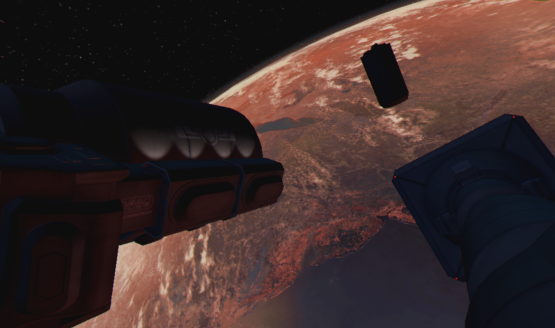
We Interrupt Your Exploring…
One odd issue that will hopefully be fixed at launch involves the DualShock 4. Despite not being required to play with when the game is in VR mode, it is required to be connected while playing. The game will even interrupt a session once the DualShock 4 shuts itself, insisting that the controller remain connected in order to continue playing. Attempting to locate a controller while in VR is frustrating, and of course taking off the headset to turn a controller on that you’re not even using is annoying.
The Unity Engine powers Downward Spiral. This is a game engine which has baked-in VR support for several platforms, including PSVR. The result is a reliably-running game which keeps the frame rate high, a requirement to reduce any motion sickness that players may feel. The space station is detailed enough to make the environment believable, but there are a lot of repeated assets such as desks, monitors, coffee cups, etc. This works because in something as standardized as a space station, things are going to be kept simple so that parts are easy to replace – a convenient plot device.
Much more impressive than the graphical fidelity of Downward Spiral is the ambiance. The space station has seen better days, and with an emergency protocol in place, things are darker than they otherwise would be. There are tight corridors, some which wind up and down, as well as large warehouse-sized rooms, which glow an eerie but enticing red, almost giving a heat to the room (in some cases, actually radiating heat down a power conduit). There is such obvious inspiration from such films as 2001: A Space Odyssey, but the result is a convincingly empty space station.
No One Can Hear You Scream
Downward Spiral features exactly zero lines of dialogue. This was used to tell a story without directly doing so, but was probably also simply a result of 3rd Eye Studios being a smaller team, and realizing that their story could be told without dialogue. The story revealed through progress is incredibly vague, only really revealing anything substantial during the last act. Speaking of which, there are a total of eight acts to play through, most of which take an hour or less to complete. The game cuts through any vagueness at the start and completion of each chapter, with literal screens that tell you either the name of the upcoming act, or that you’ve finished the current act, and options to continue or go back to the main menu upon completion of an act. The act titles are a sort of hint to the story, but remain fairly vague as well. Some players may be annoyed at not simply being told what’s going on, but for those who enjoy coming up with their own explanations, it’s an entertaining, if bleak, view of the future.
While there may not be any voice work, that doesn’t mean the audio work in Downward Spiral is lackluster. In fact, 3rd Eye Studios features a soundtrack by Ville Valo, the singer/songwriter from Finnish Gothic rock band HIM. If you weren’t told that fact, however, you’d be hard-pressed to know that someone with such a starkly different musical background wrote the soundtrack. Downward Spiral’s soundtrack feels as though it was plucked from sci-fi movies of the ‘70s or ’80, with heavy synth emphasis, and music that slowly builds up, and also serves as a cue to know when all enemies in an area have been cleared.
Floating Friendlies
The entire campaign can be played in online co-op, which is a surprising inclusion in a game that seems so determined to make the player feel adrift and alone as the last survivor of a catastrophic event in space. Pressing the cross button enables voice chat, since every PSVR headset includes a microphone. Deathmatch and a Horde mode are also included options. We didn’t get to test the online features so far out from console release, but if the population is there, then these modes are sure to draw out the playtime of Downward Spiral.
Downward Spiral: Horus Station isn’t without issues, but this is an experience worth having for PSVR owners. The Zero-G gameplay remains fun throughout, and a wide assortment of weapons and tools helps to allow players some freedom in the way they dispatch enemies. With death being meaningless, and a story told without any real clues to go off, some players may not feel rewarded enough by simply progressing to the next room. The inclusion of multiplayer does give more reason to head back to floating in a lonely space station, provided that an online population shows up at launch. Sci-fi and VR fans should give the $19.99 Downward Spiral: Horus Station a try.
-
Immersive, minimalist design
-
Zero-G movement is fun
-
Wide weapon variety, multiplayer options
-
Story may feel a little too light
-
Inconsequential deaths mean no real challenge
-
Strange DualShock 4 issue in VR
Downward Spiral Horus Station Review
-
Downward Spiral Horus Station Review #1
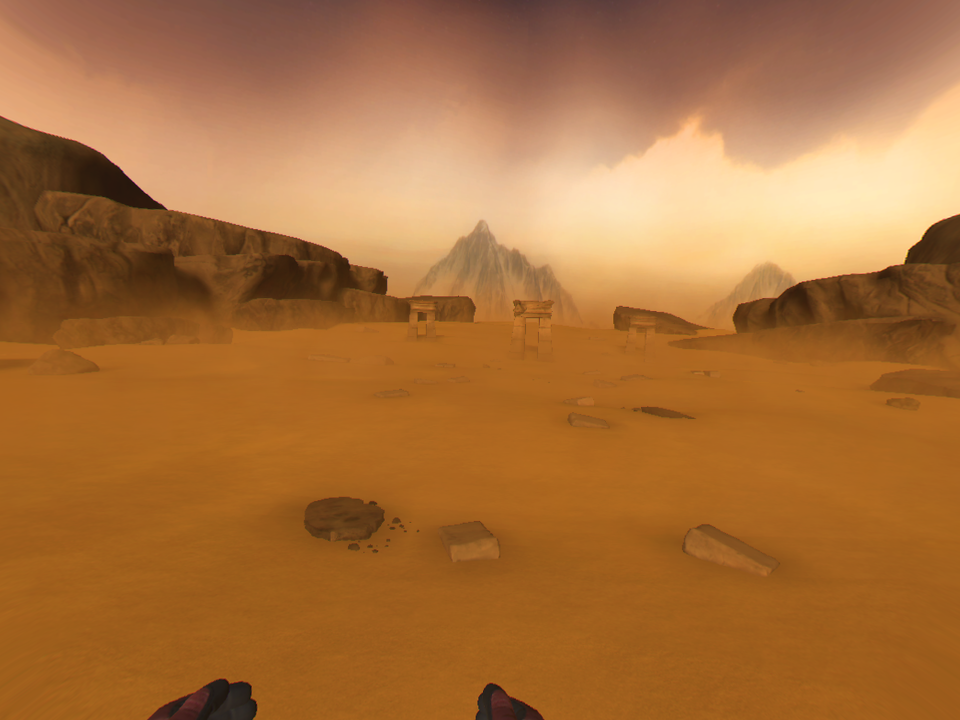
-
Downward Spiral Horus Station Review #2
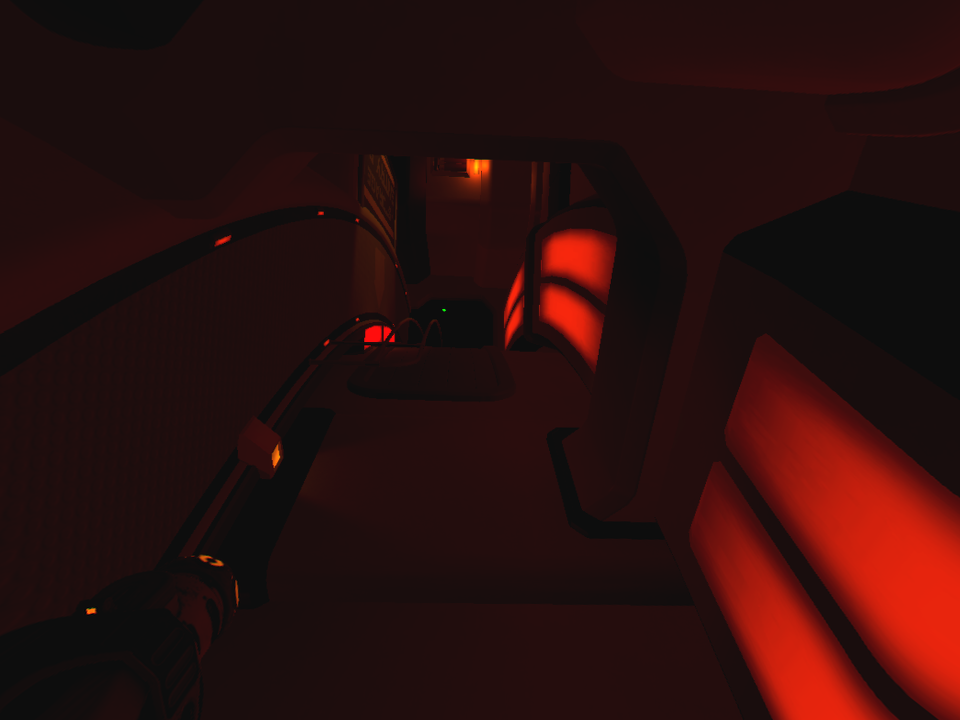
-
Downward Spiral Horus Station Review #3
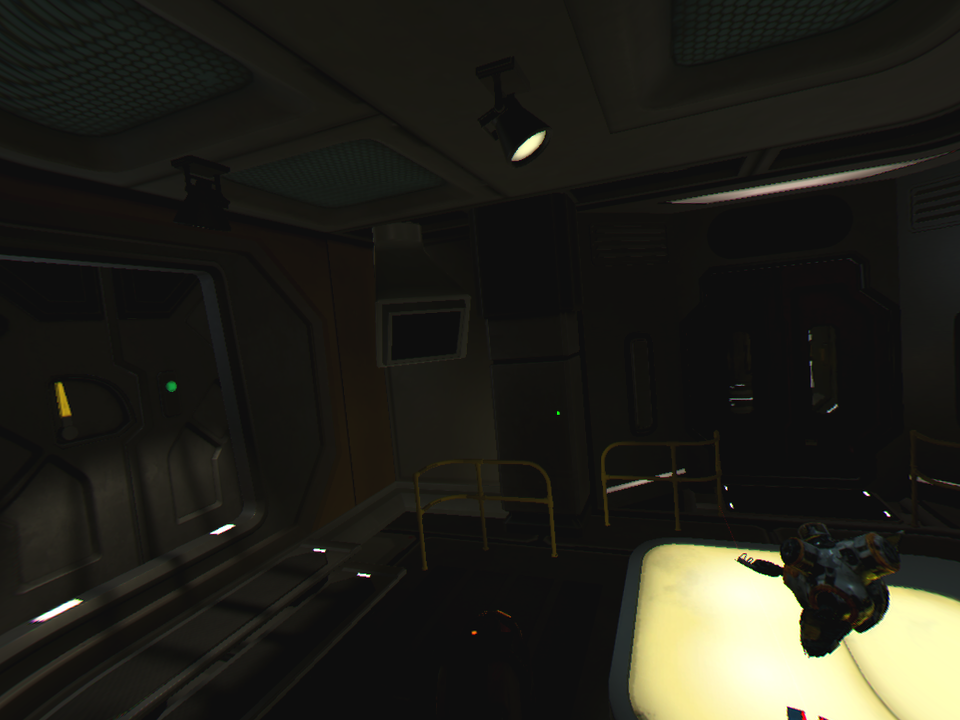
-
Downward Spiral Horus Station Review #4
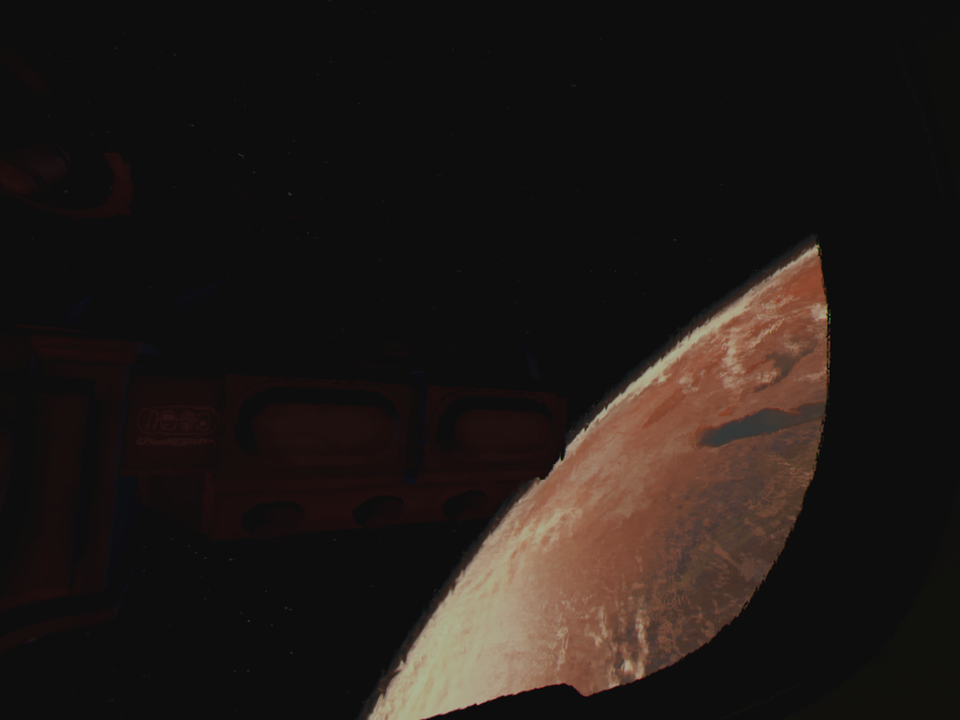
-
Downward Spiral Horus Station Review #5
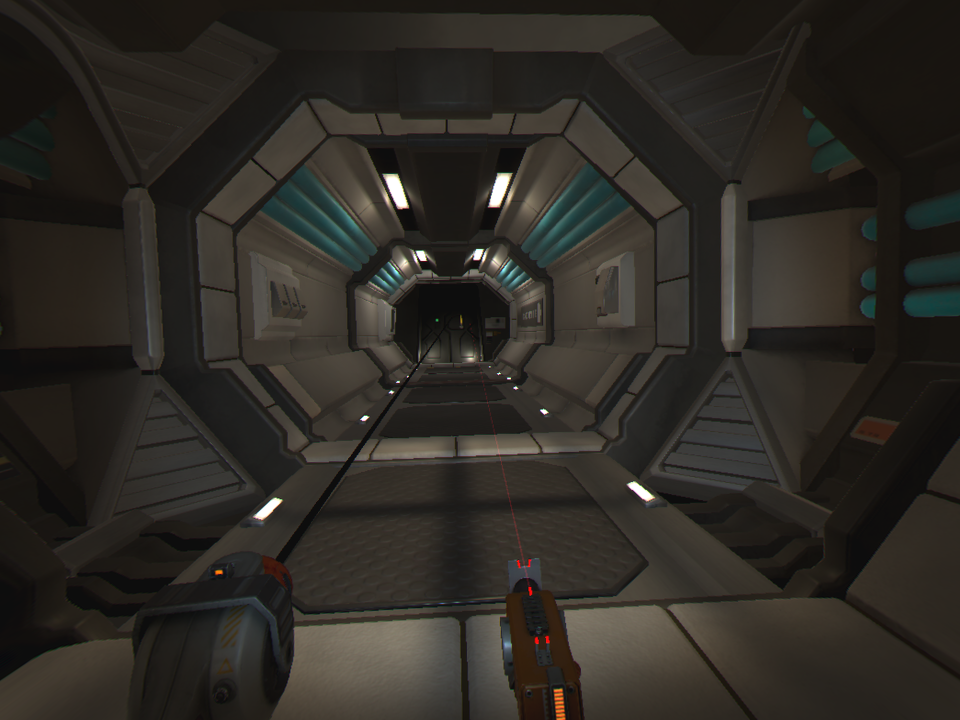
-
Downward Spiral Horus Station Review #6
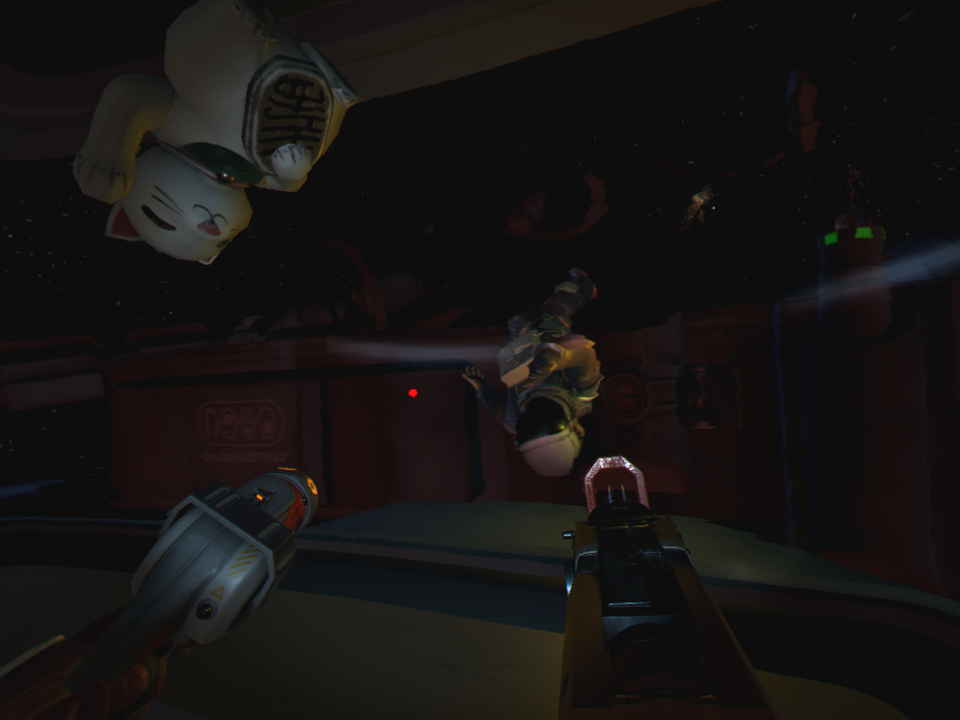
-
Downward Spiral Horus Station Review #7
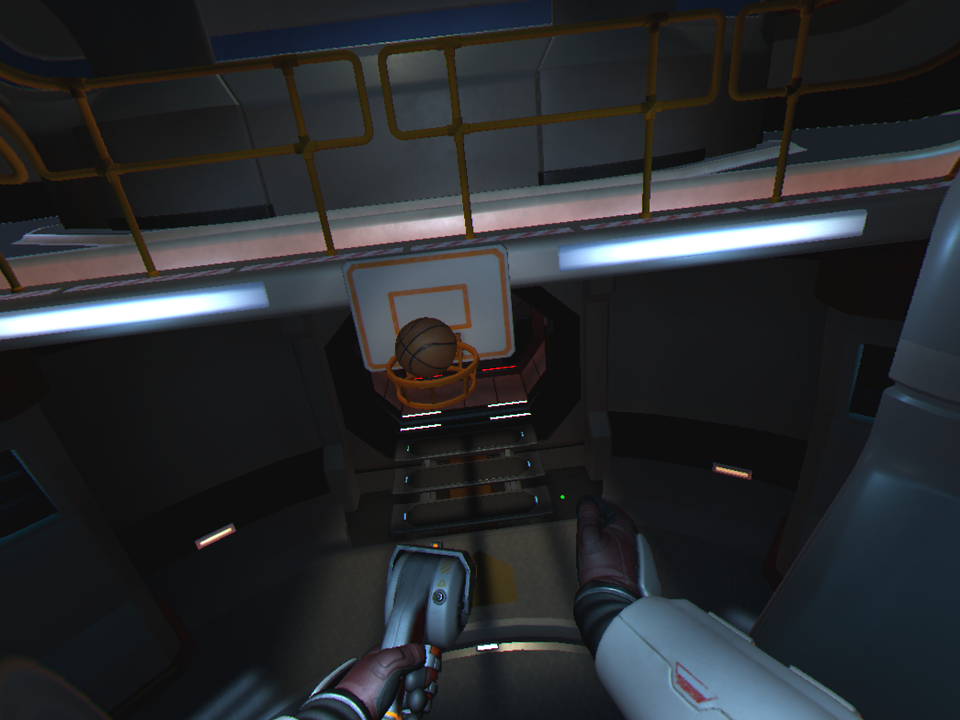
-
Downward Spiral Horus Station Review #8
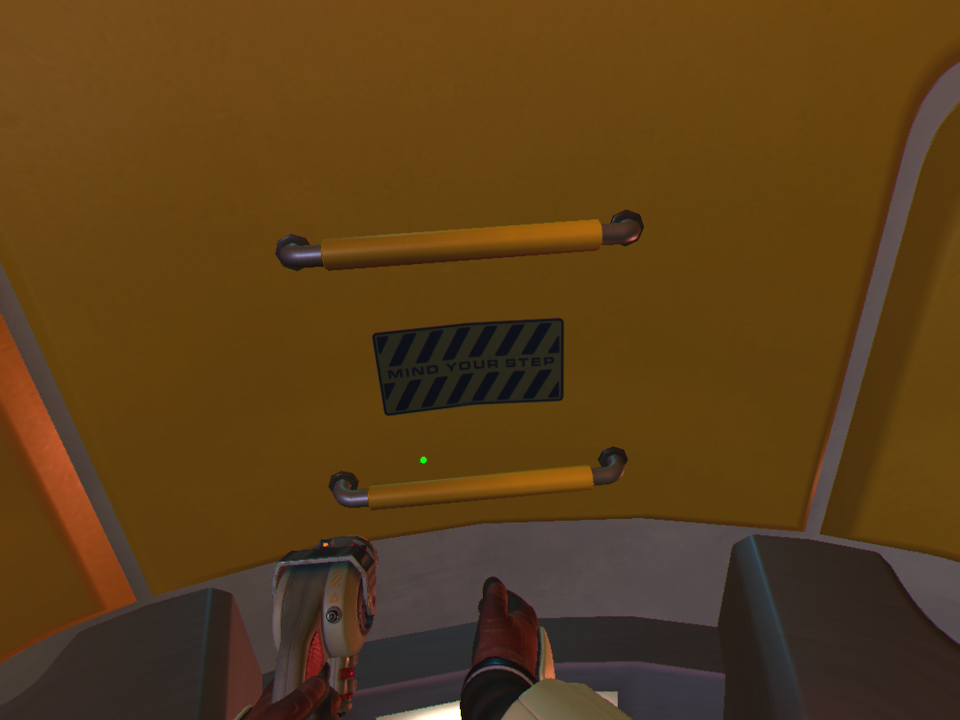
-
Downward Spiral Horus Station Review #9
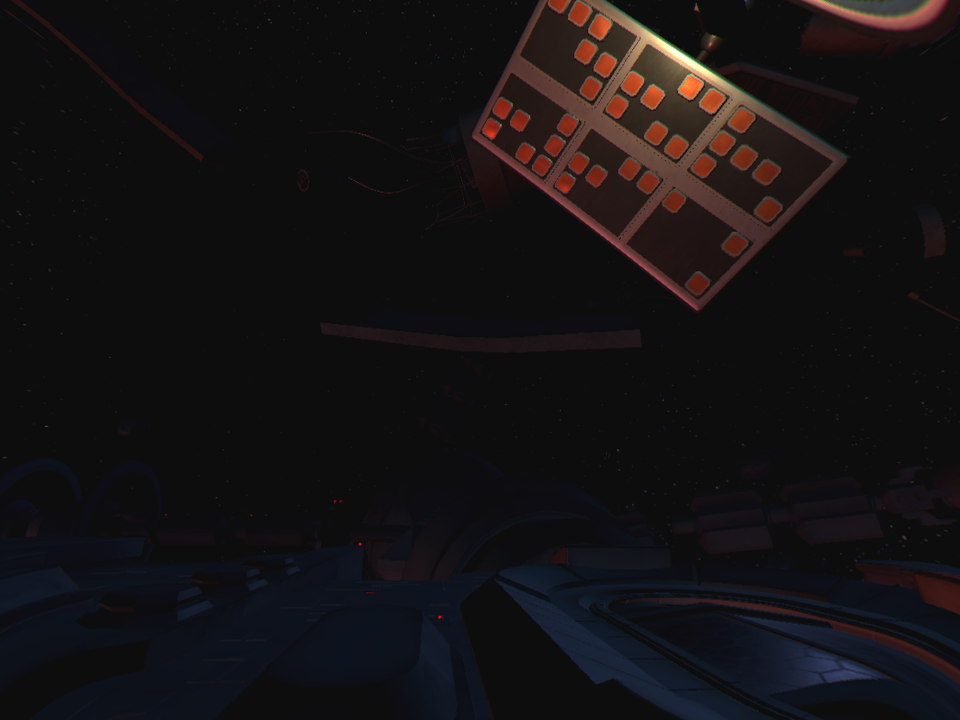
-
Downward Spiral Horus Station Review #10
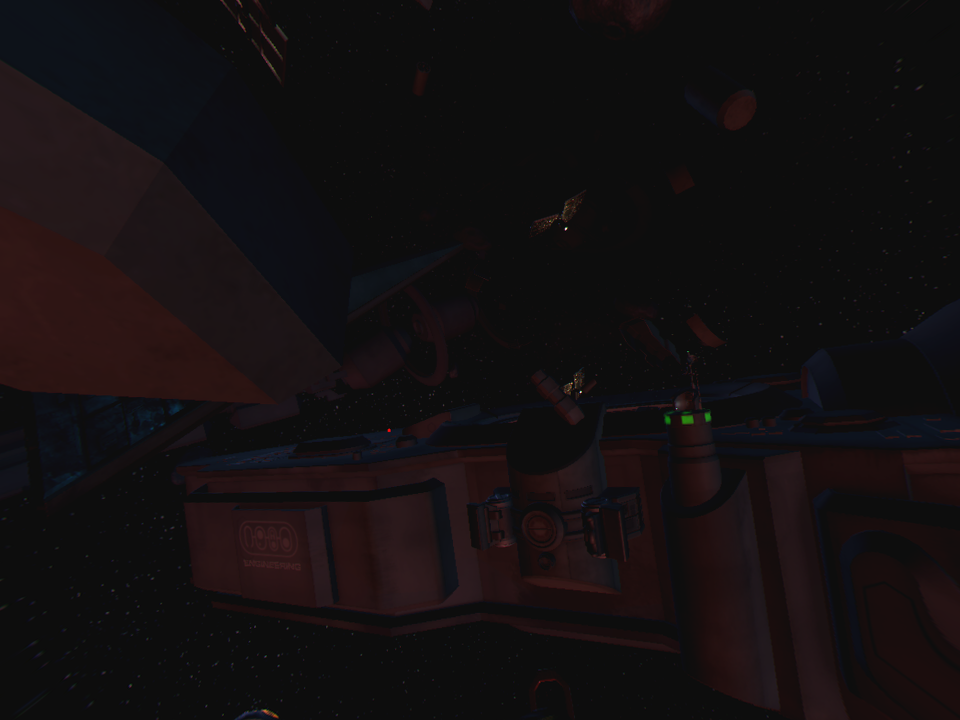
-
Downward Spiral Horus Station Review #11
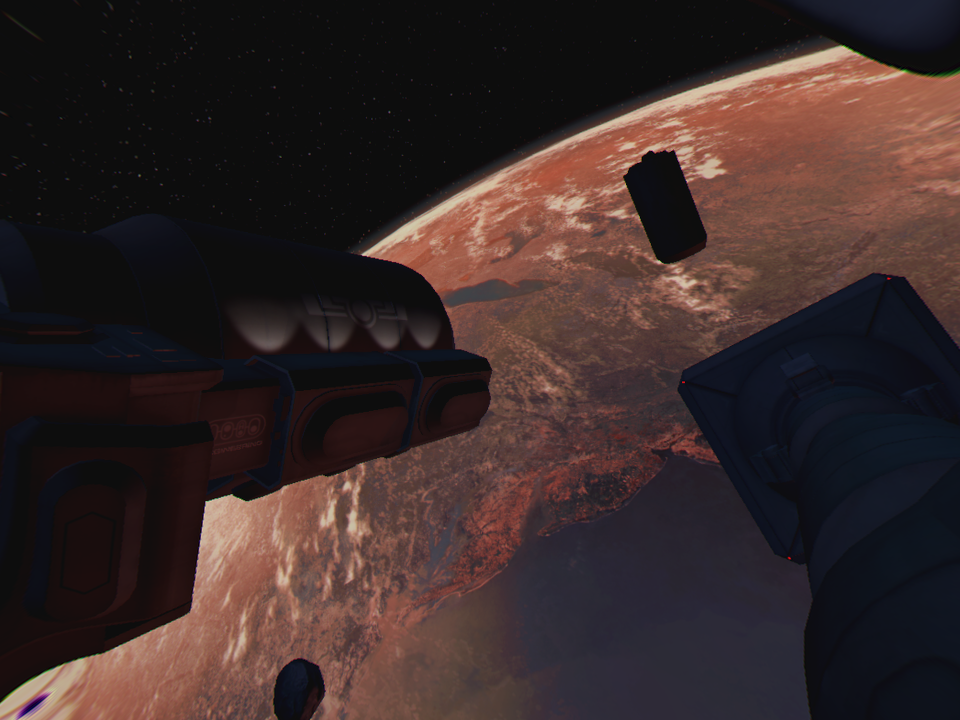
-
Downward Spiral Horus Station Review #12
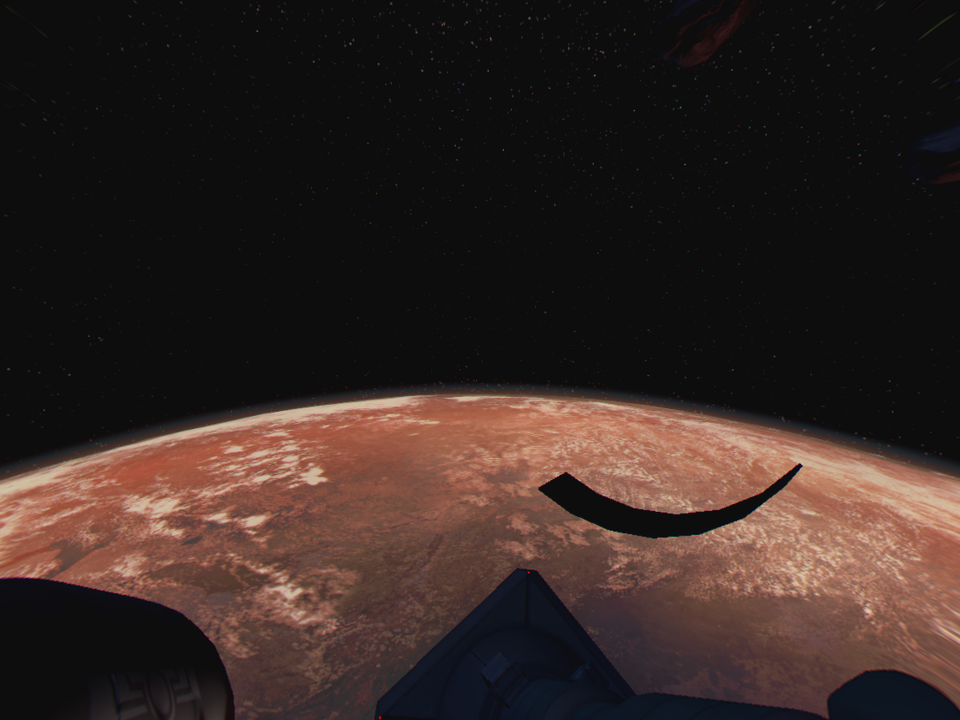
-
Downward Spiral Horus Station Review #13
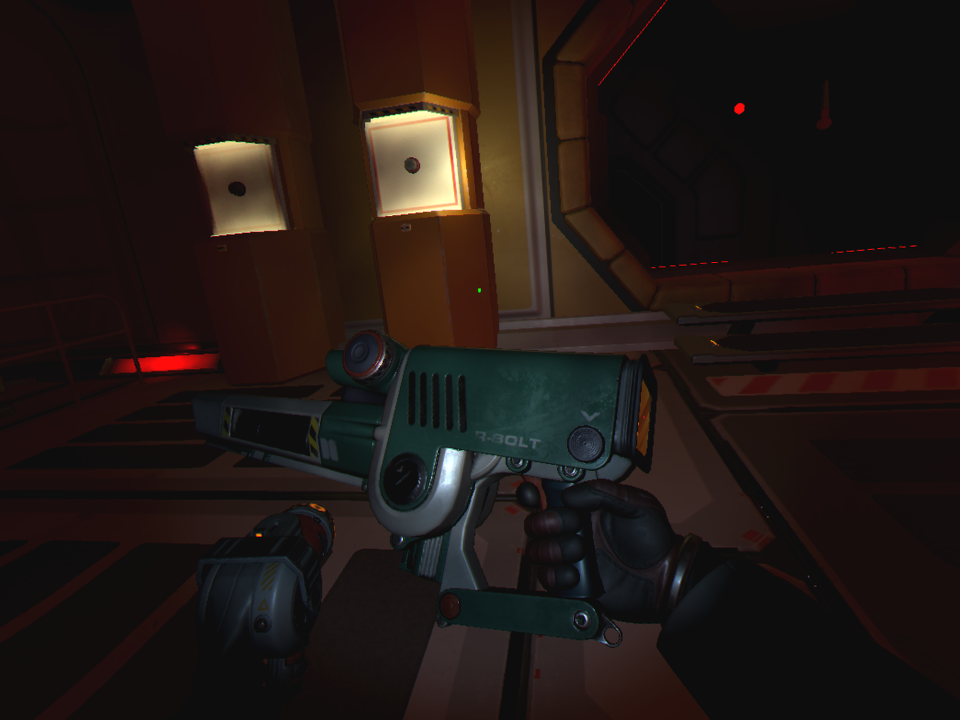
-
Downward Spiral Horus Station Review #14
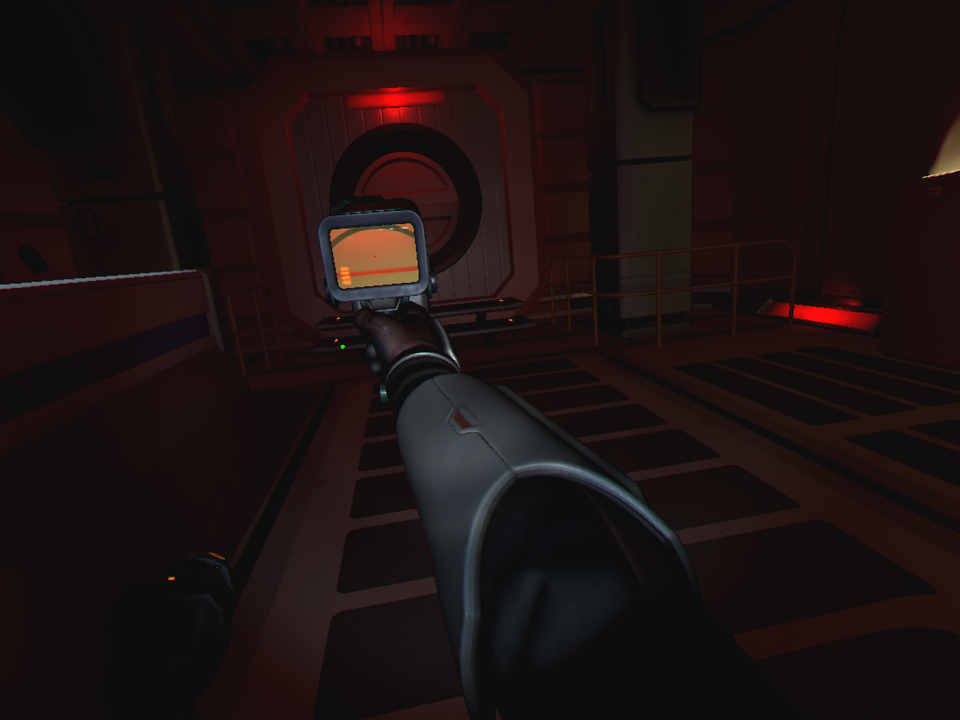
-
Downward Spiral Horus Station Review #15
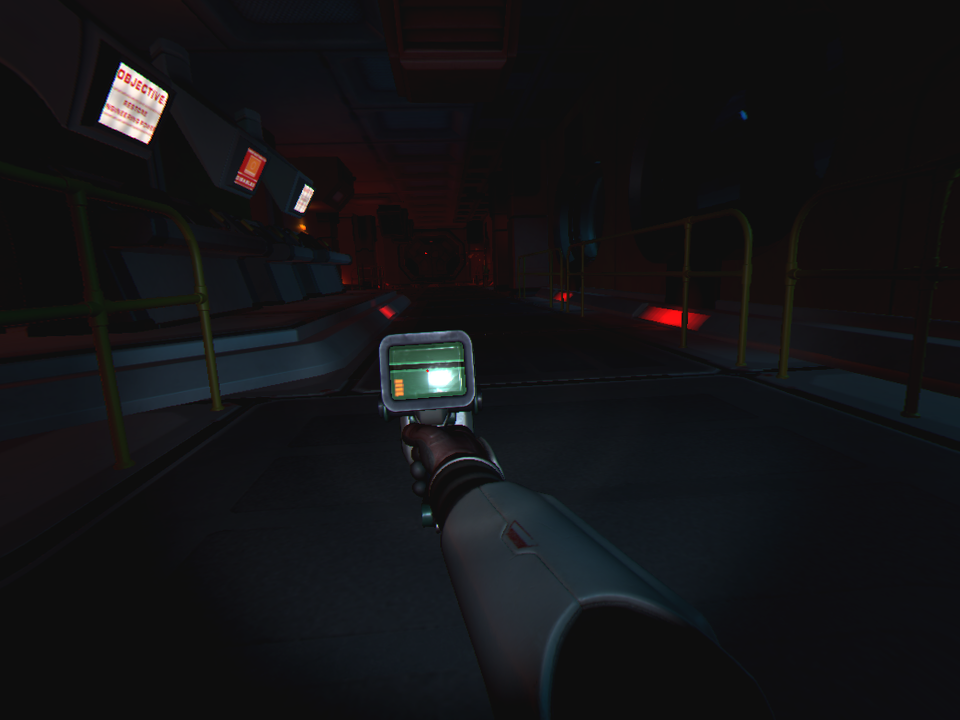
-
Downward Spiral Horus Station Review #16
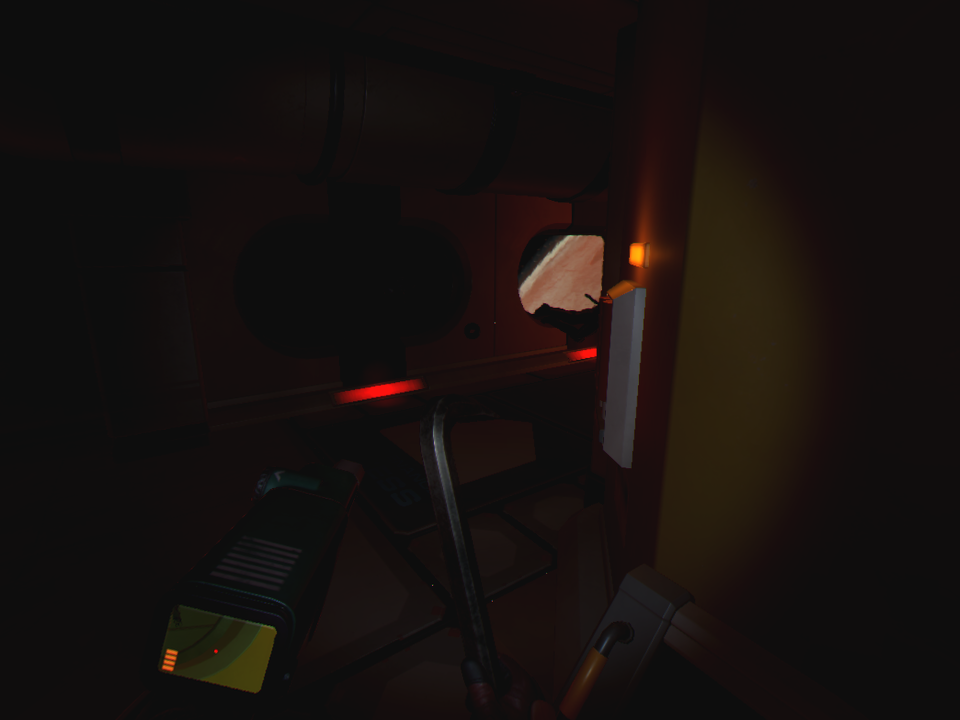
-
Downward Spiral Horus Station Review #17
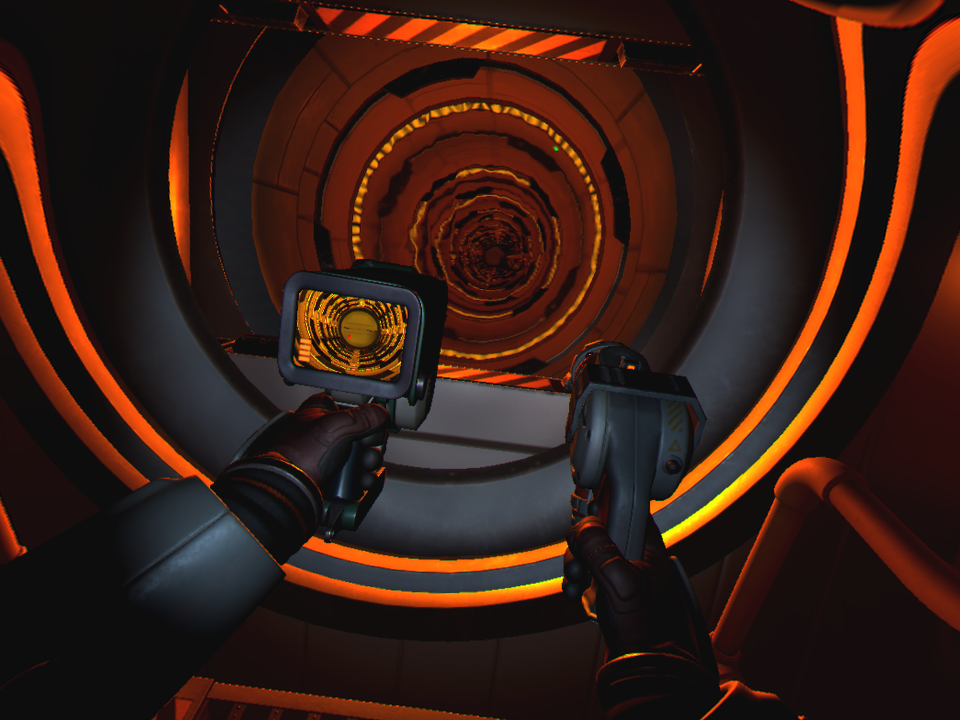
-
Downward Spiral Horus Station Review #18
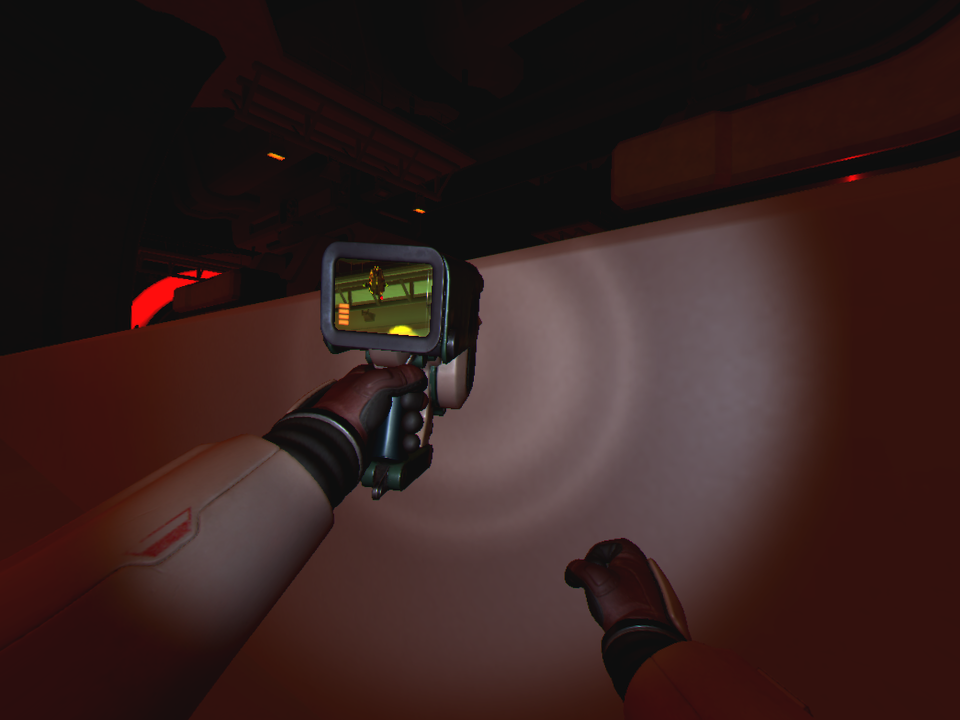
-
Downward Spiral Horus Station Review #19
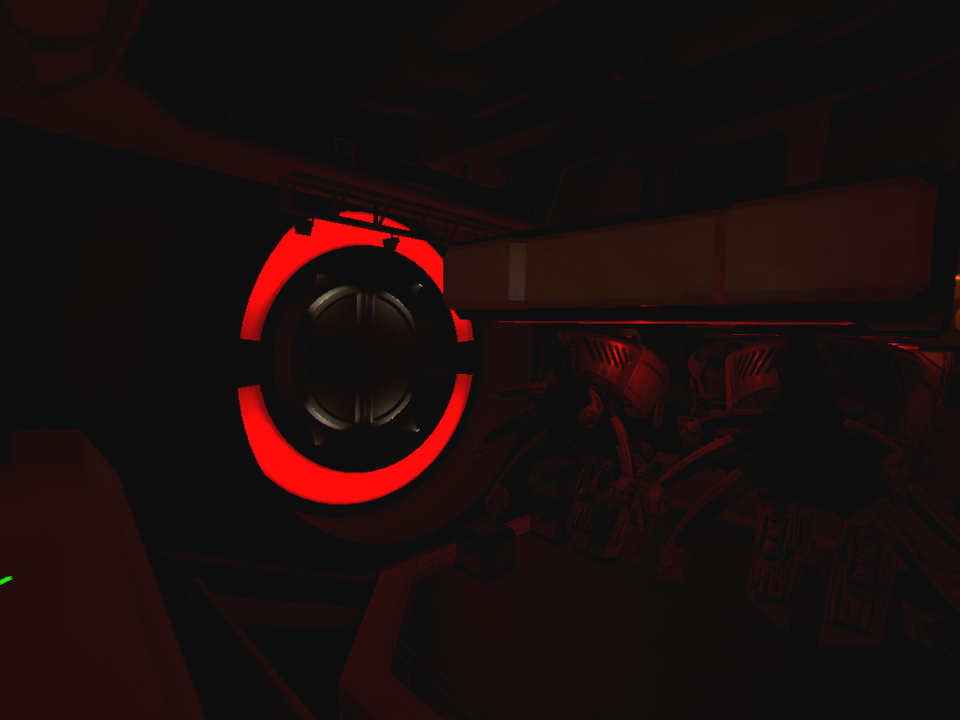
-
Downward Spiral Horus Station Review #20
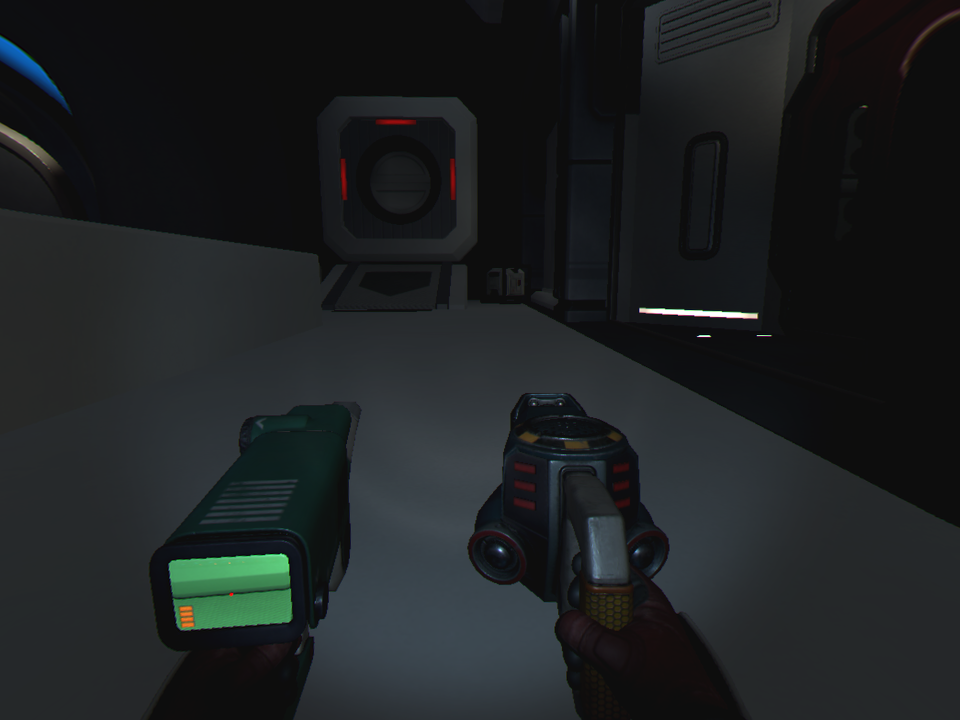
-
Downward Spiral Horus Station Review #21
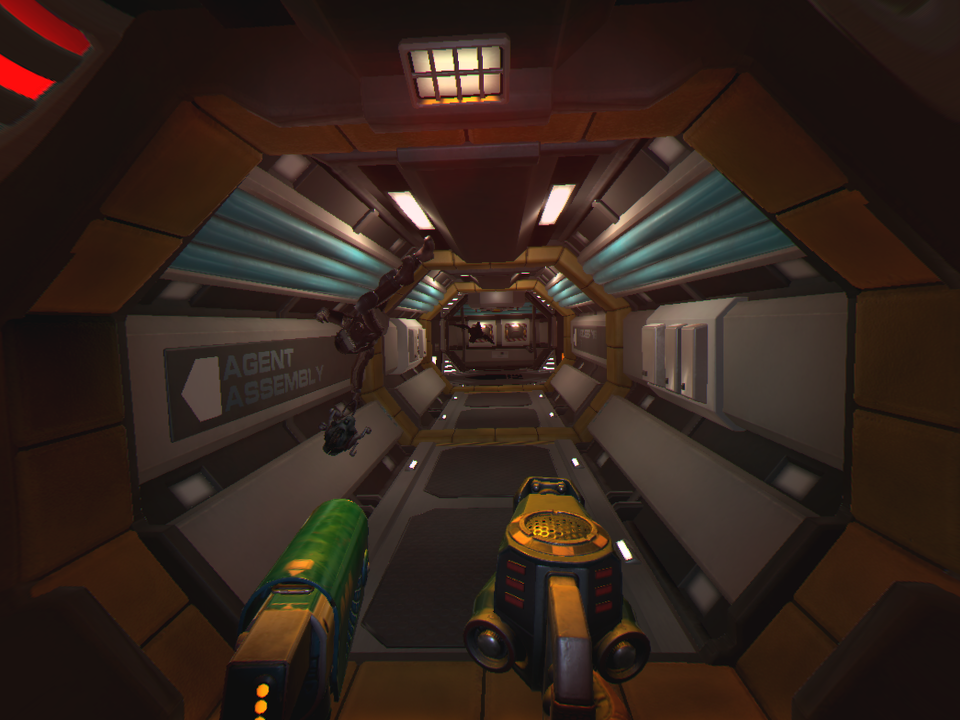
-
Downward Spiral Horus Station Review #22
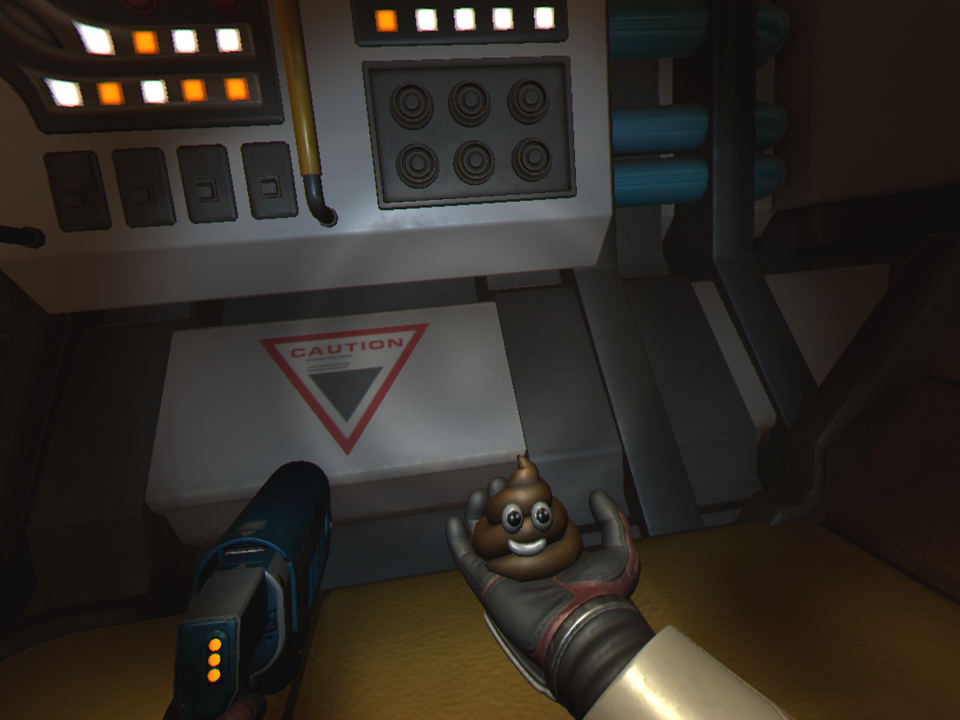
-
Downward Spiral Horus Station Review #23
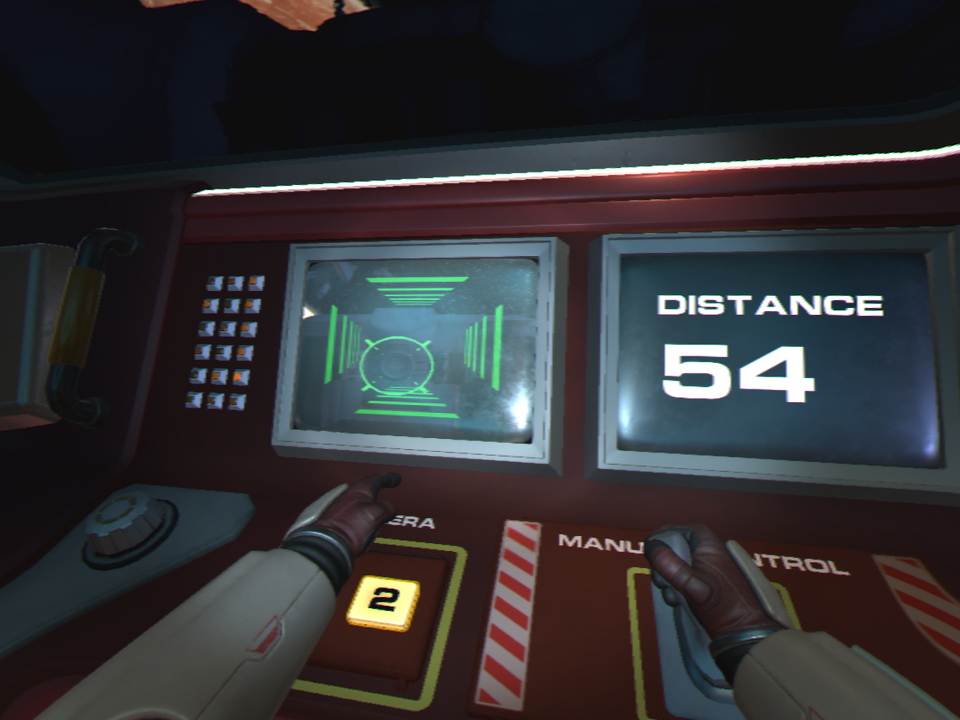
-
Downward Spiral Horus Station Review #24
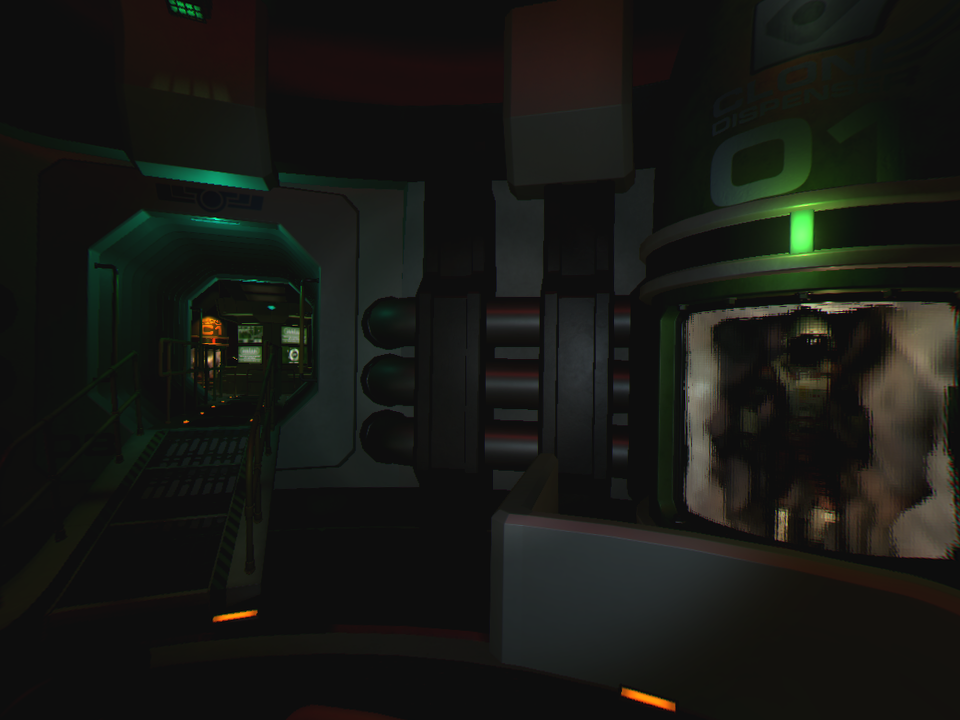
-
Downward Spiral Horus Station Review #25
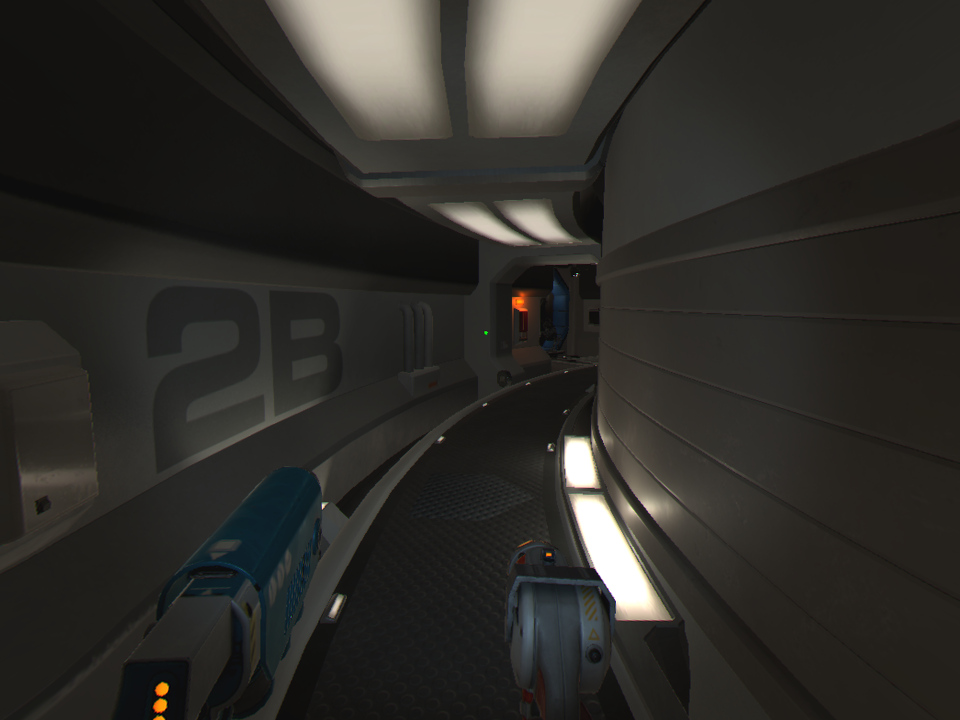
-
Downward Spiral Horus Station Review #26
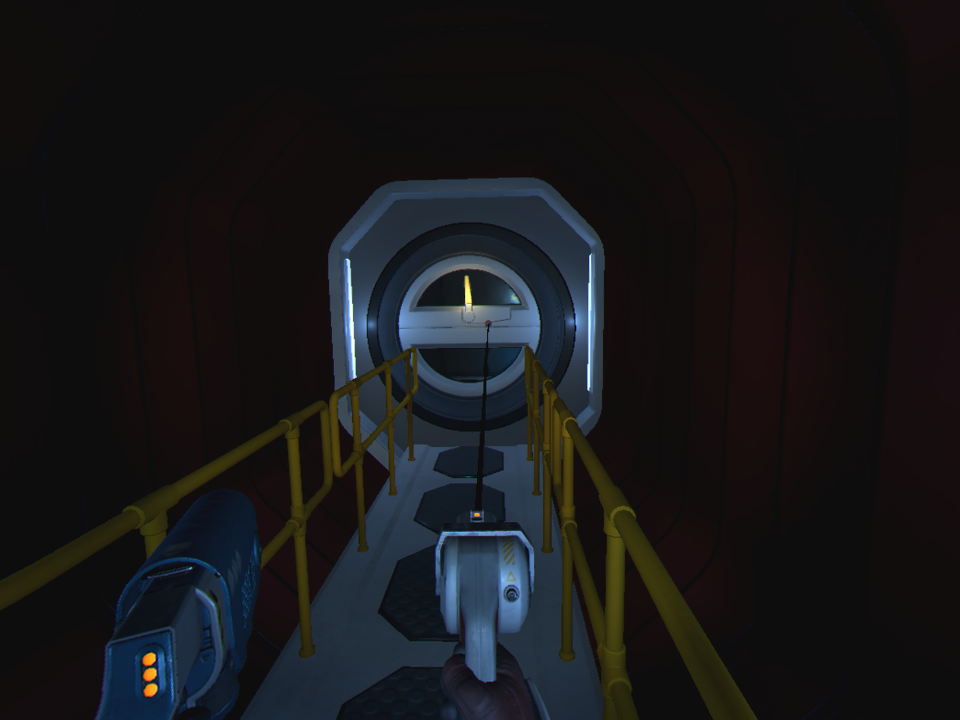
-
Downward Spiral Horus Station Review #27

-
Downward Spiral Horus Station Review #28
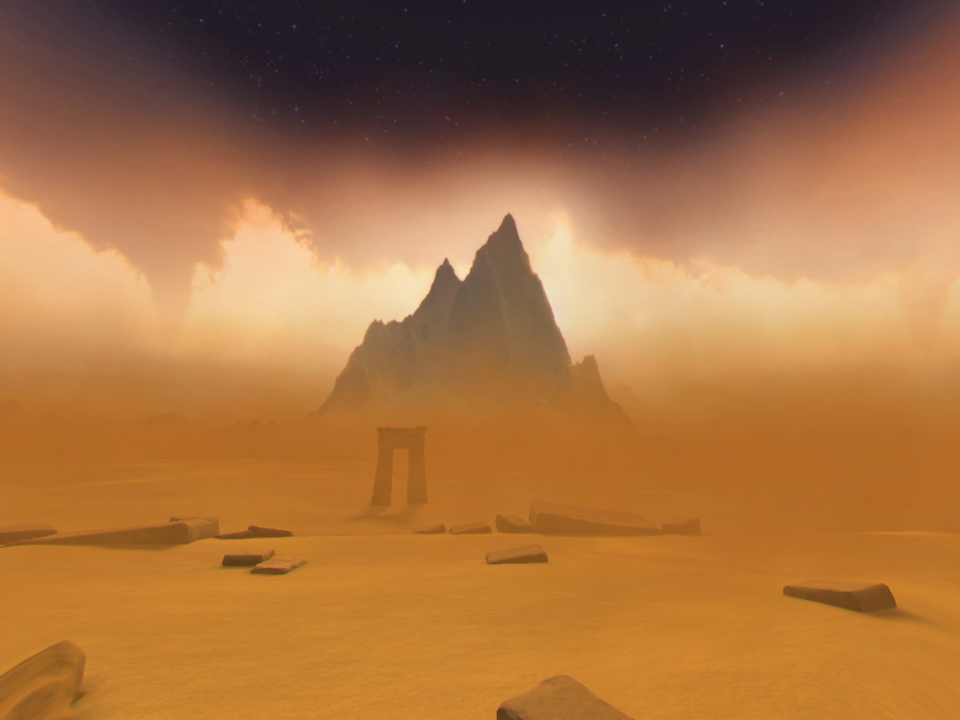
-
Downward Spiral Horus Station Review #29
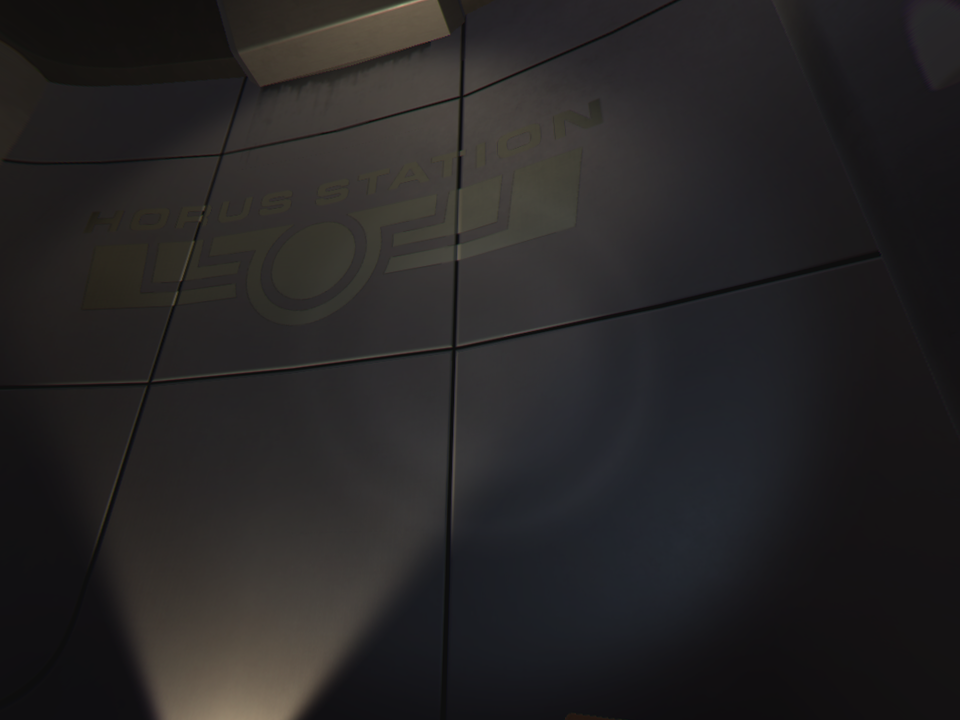
-
Downward Spiral Horus Station Review #30
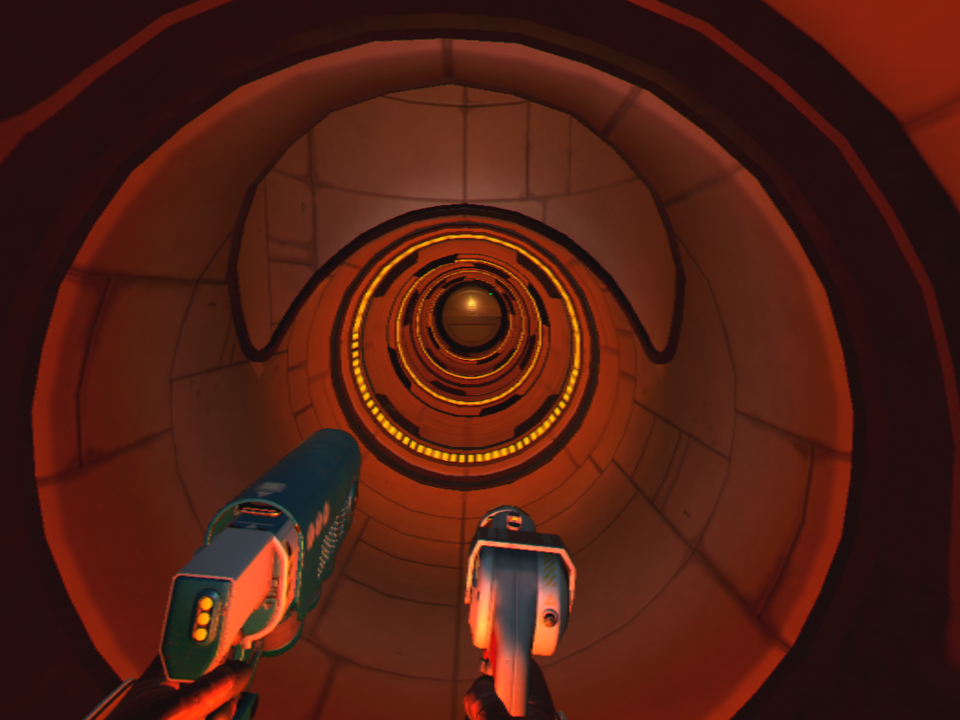
-
Downward Spiral Horus Station Review #31
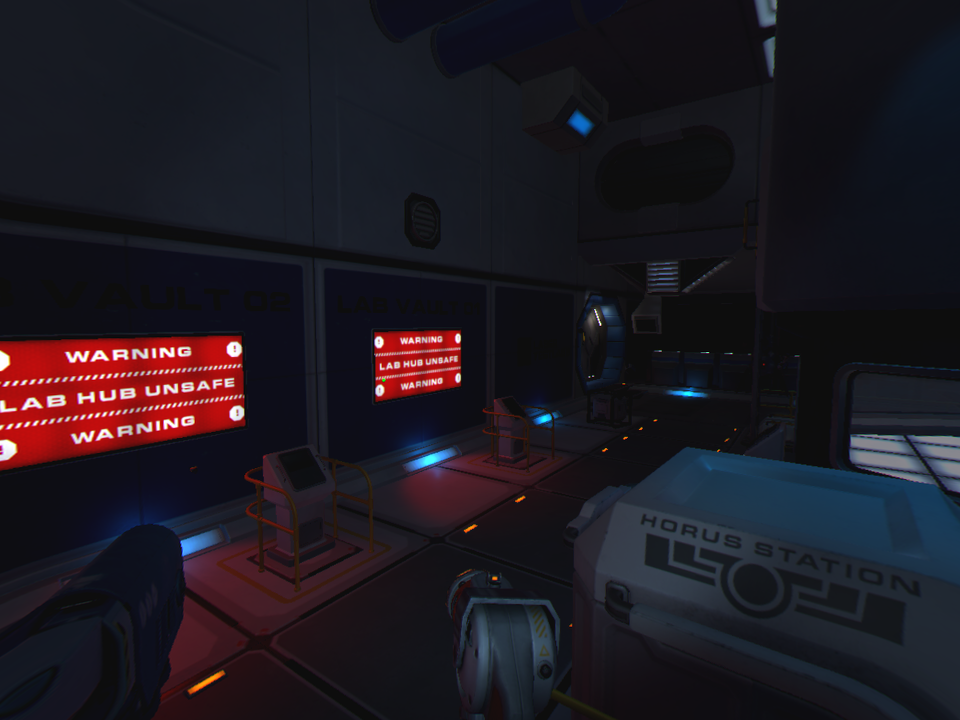
-
Downward Spiral Horus Station Review #32
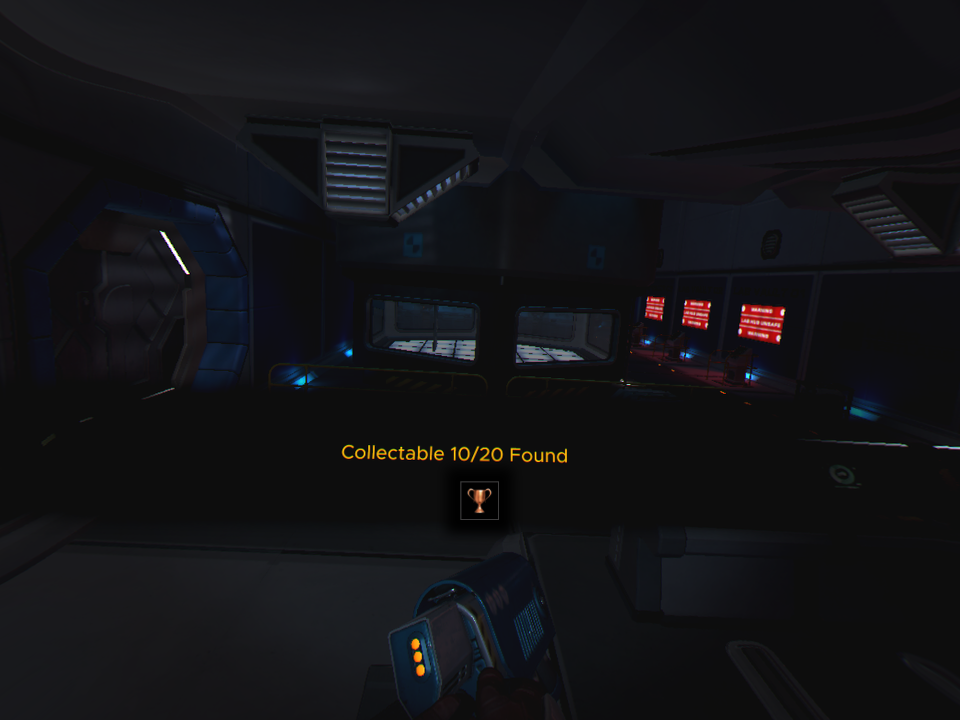
-
Downward Spiral Horus Station Review #33
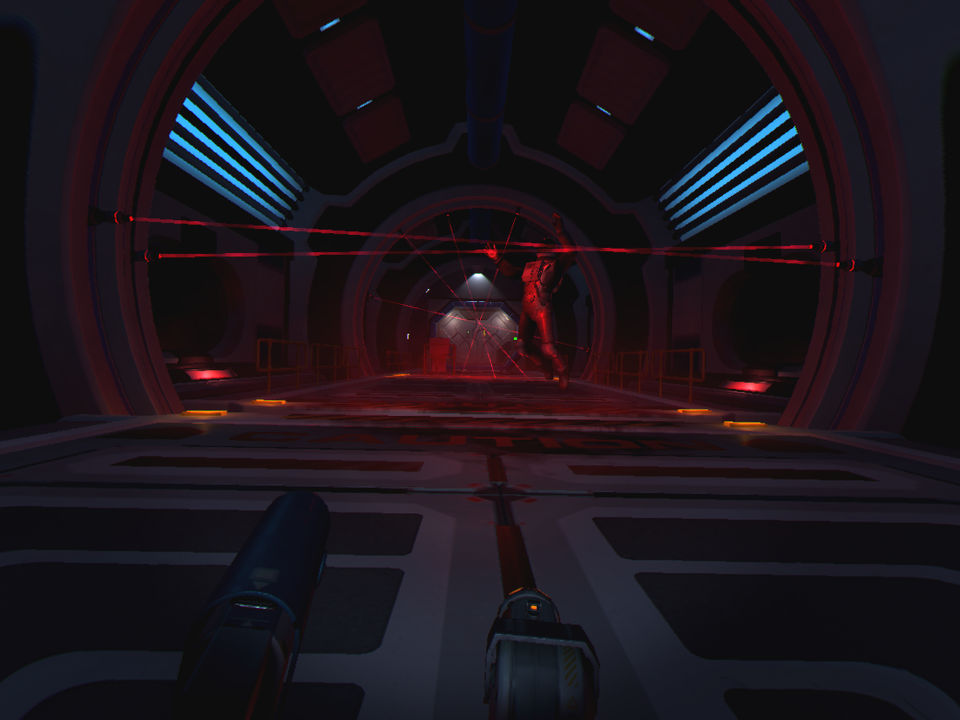
-
Downward Spiral Horus Station Review #34
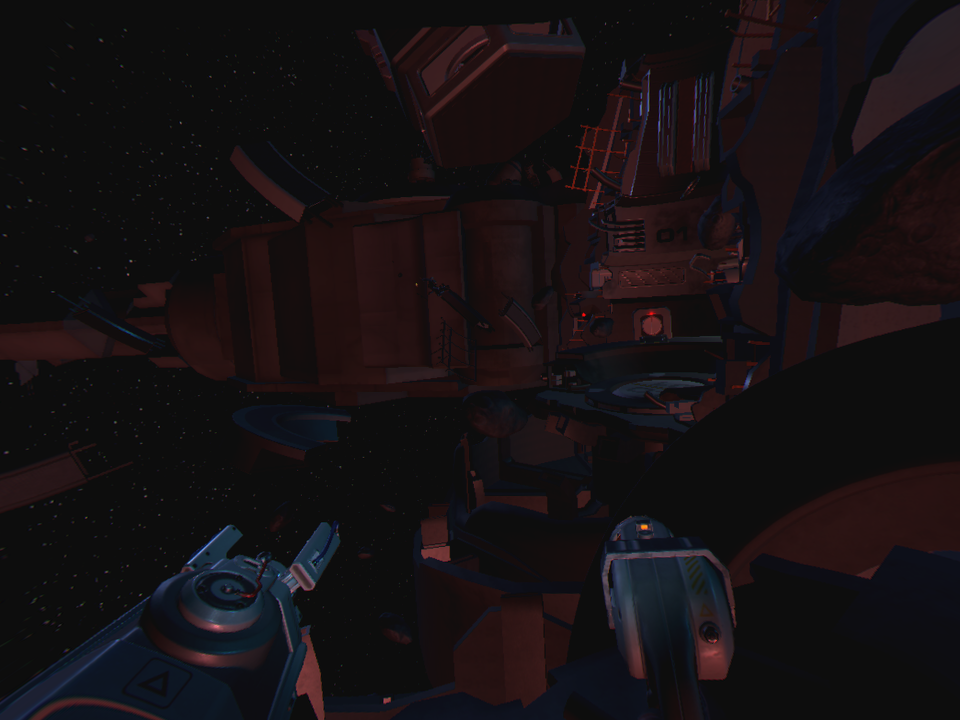
-
Downward Spiral Horus Station Review #35
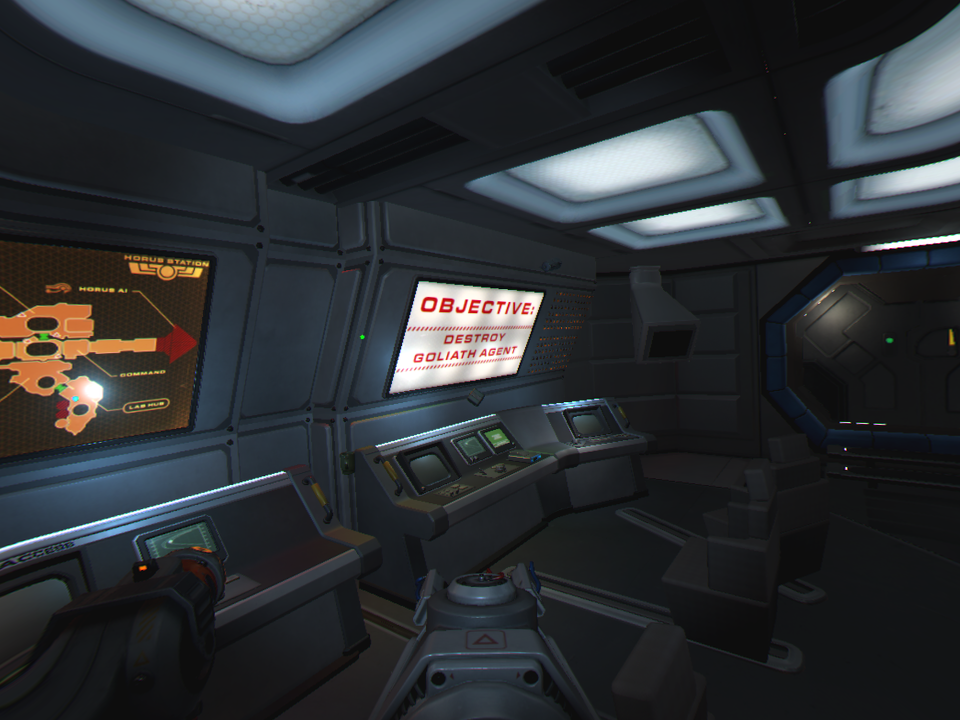
-
Downward Spiral Horus Station Review #36
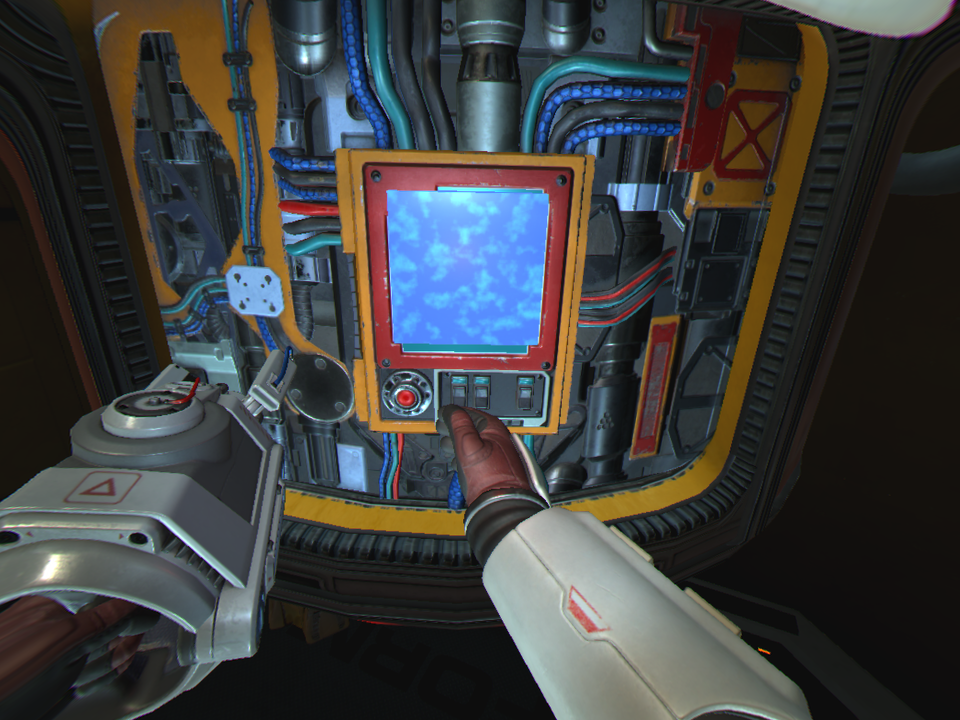
-
Downward Spiral Horus Station Review #37
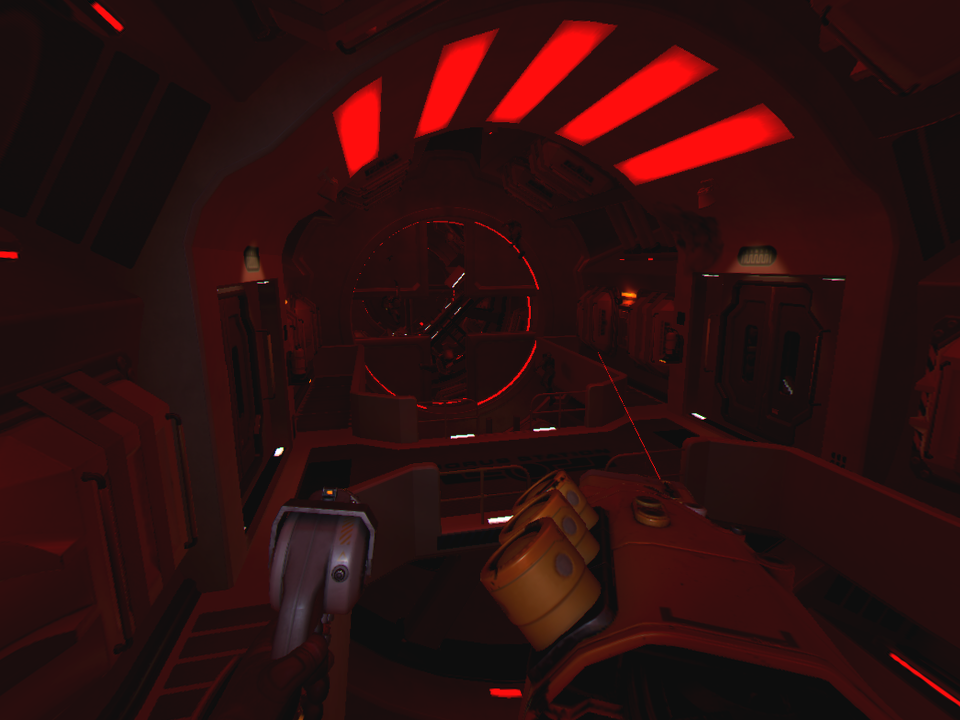
-
Downward Spiral Horus Station Review #38
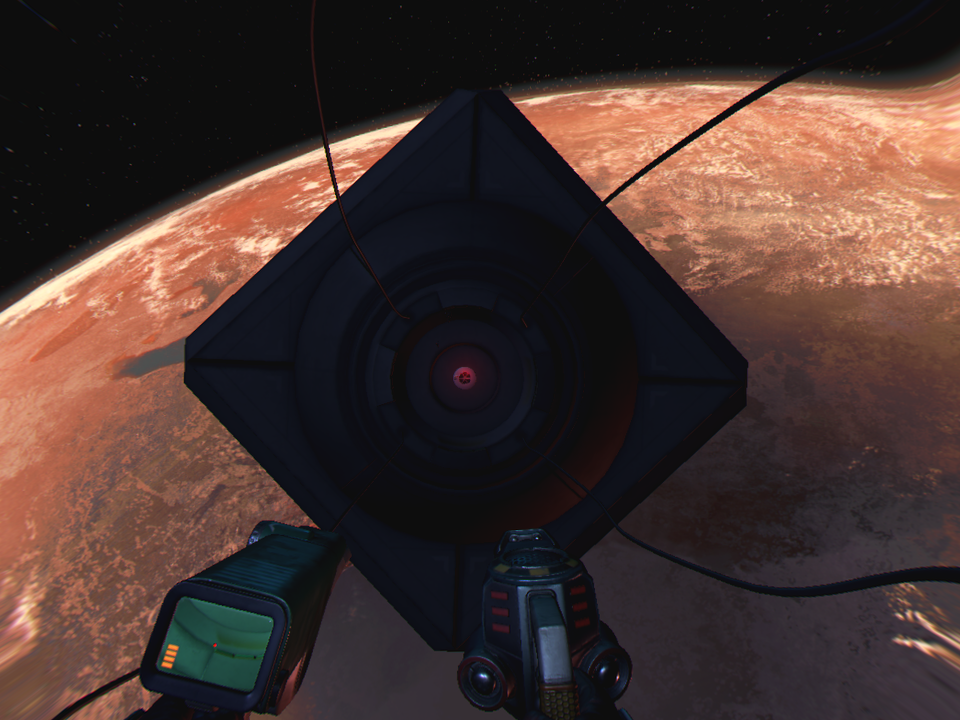
-
Downward Spiral Horus Station Review #39
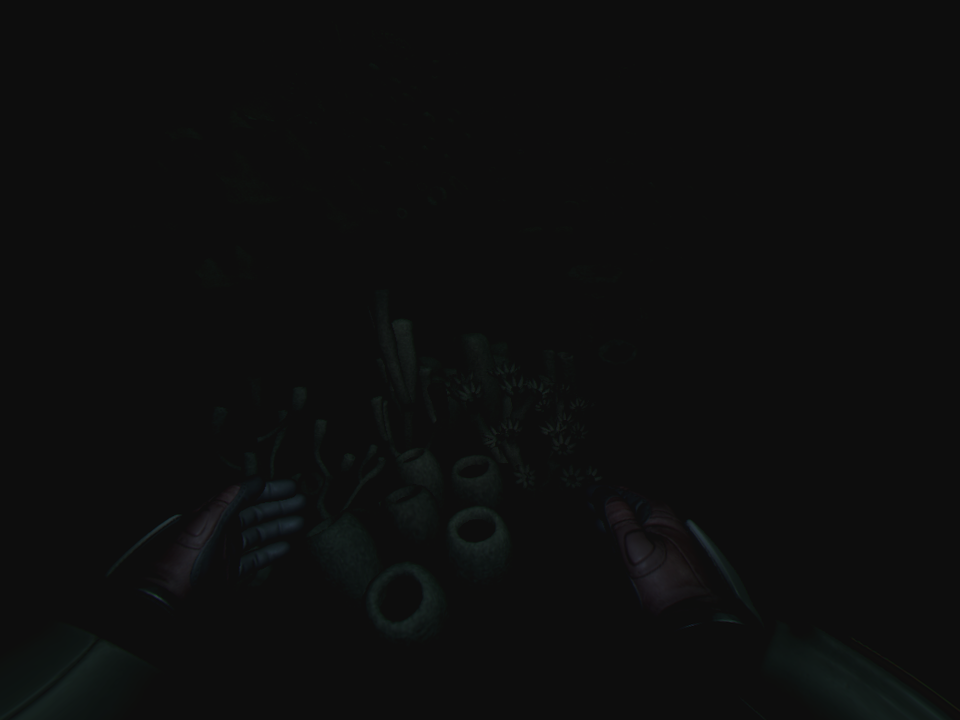
-
Downward Spiral Horus Station Review #40
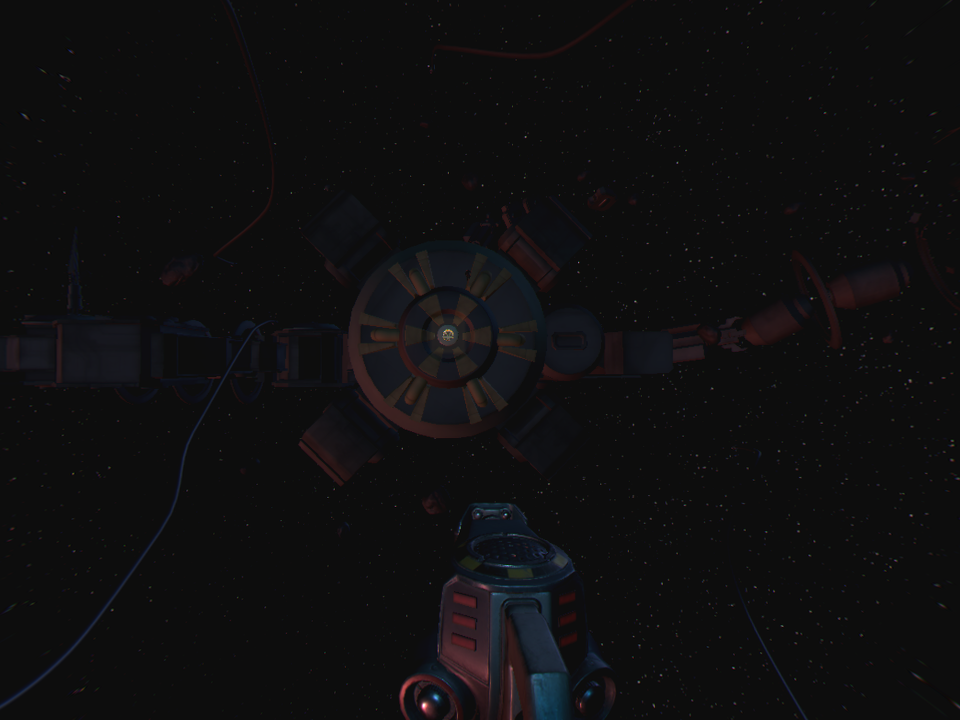
-
Downward Spiral Horus Station Review #41
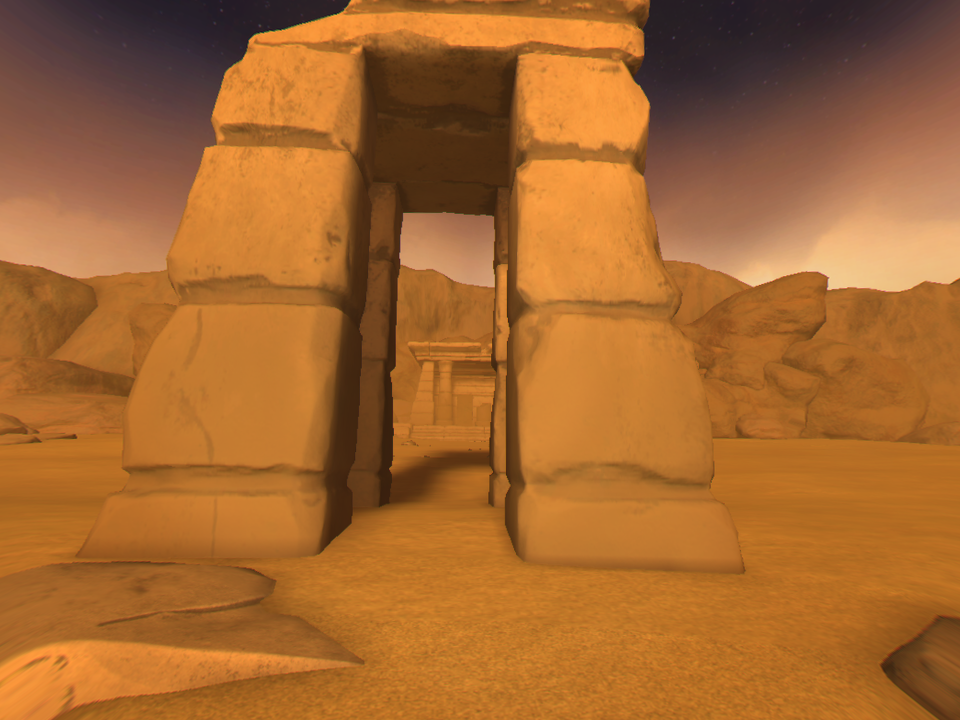
-
Downward Spiral Horus Station Review #42
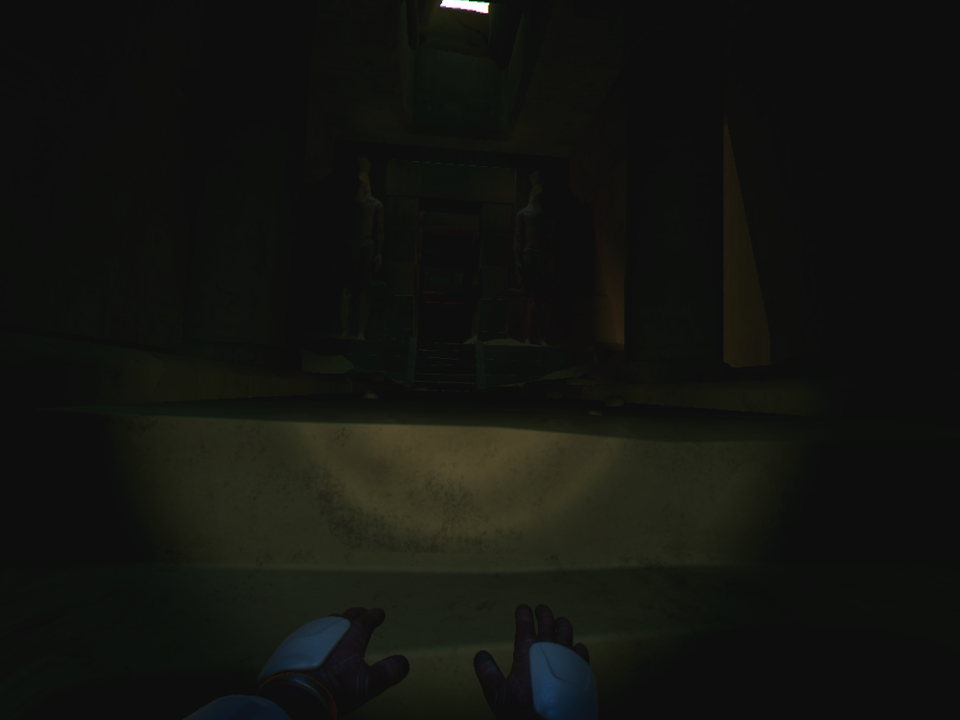
-
Downward Spiral Horus Station Review #43
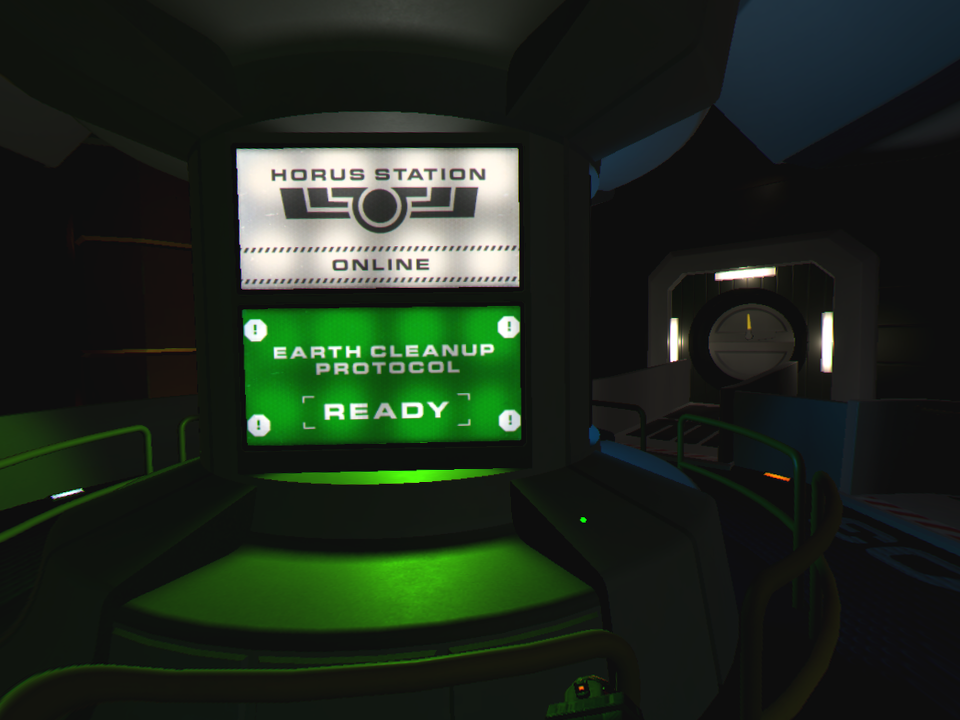
-
Downward Spiral Horus Station Review #44
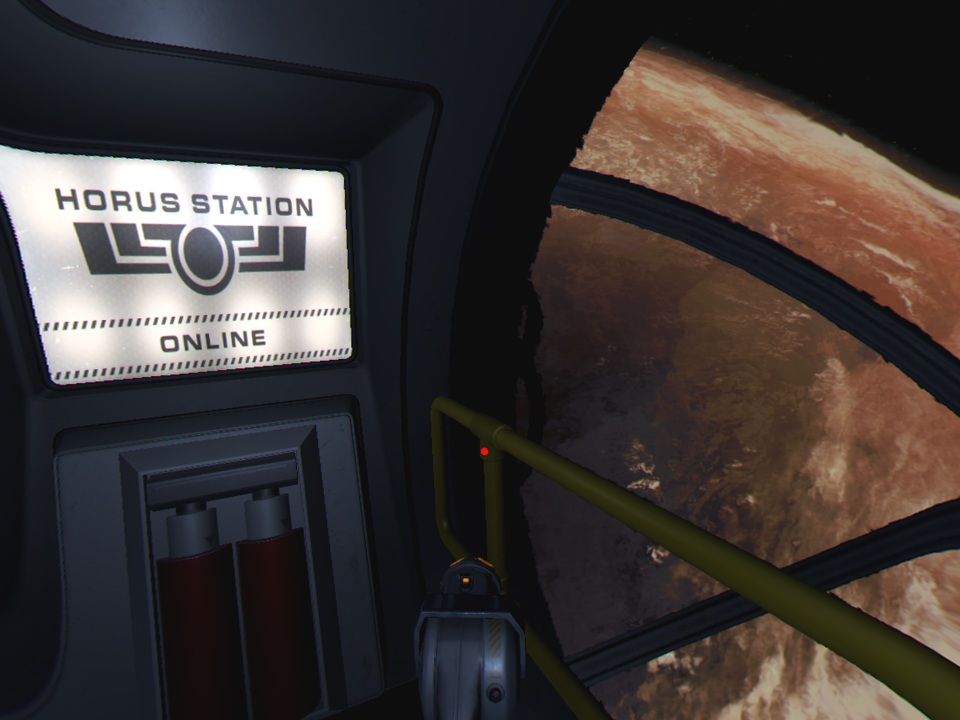
-
Downward Spiral Horus Station Review #45
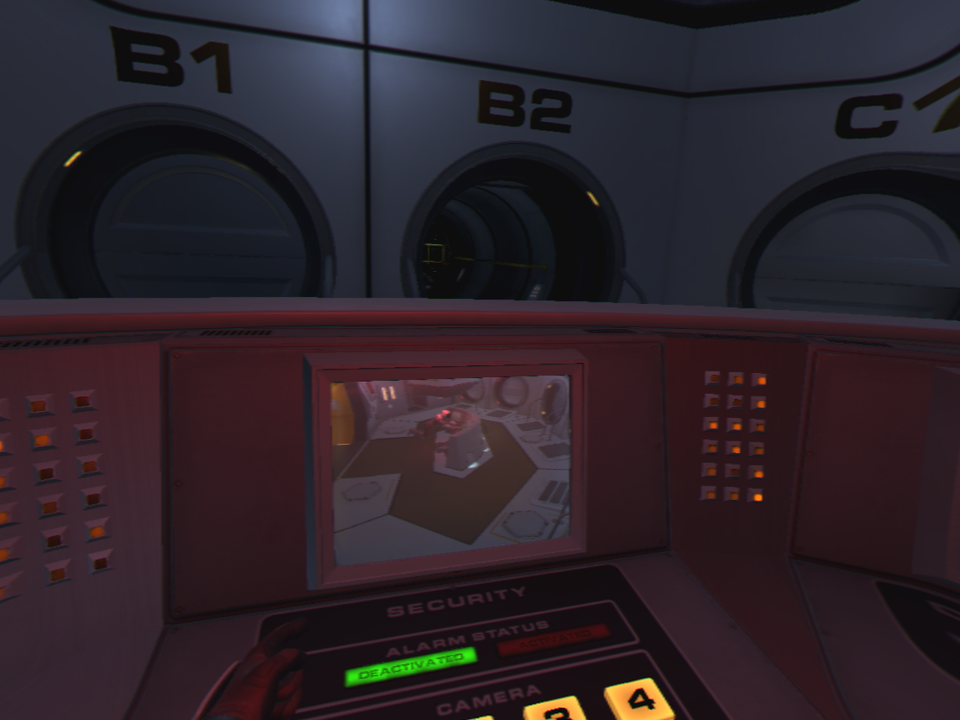
-
Downward Spiral Horus Station Review #46
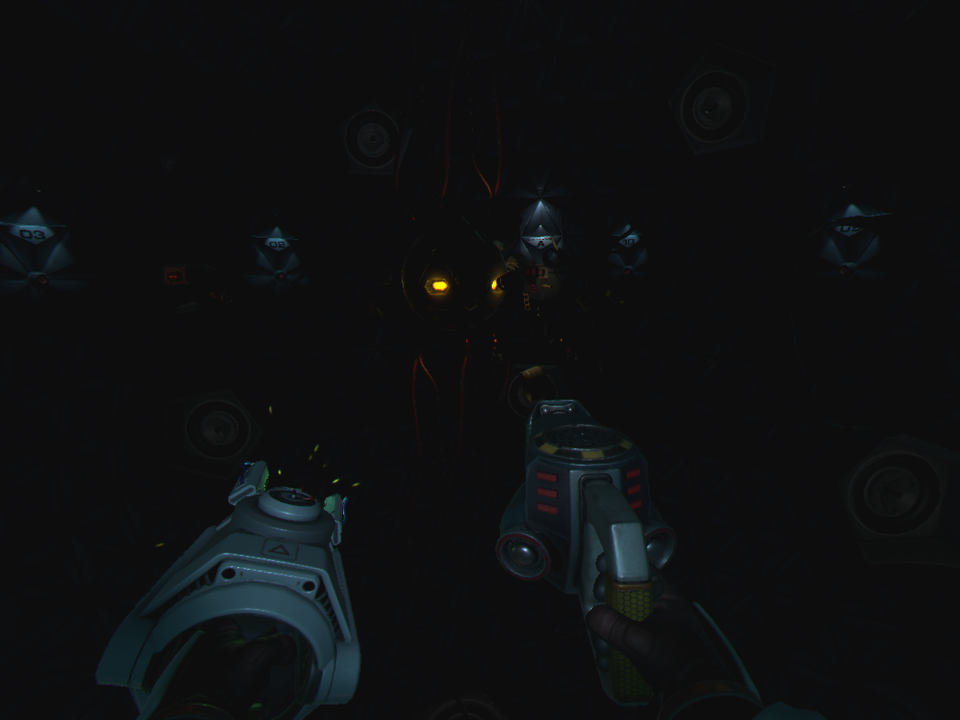
-
Downward Spiral Horus Station Review #47
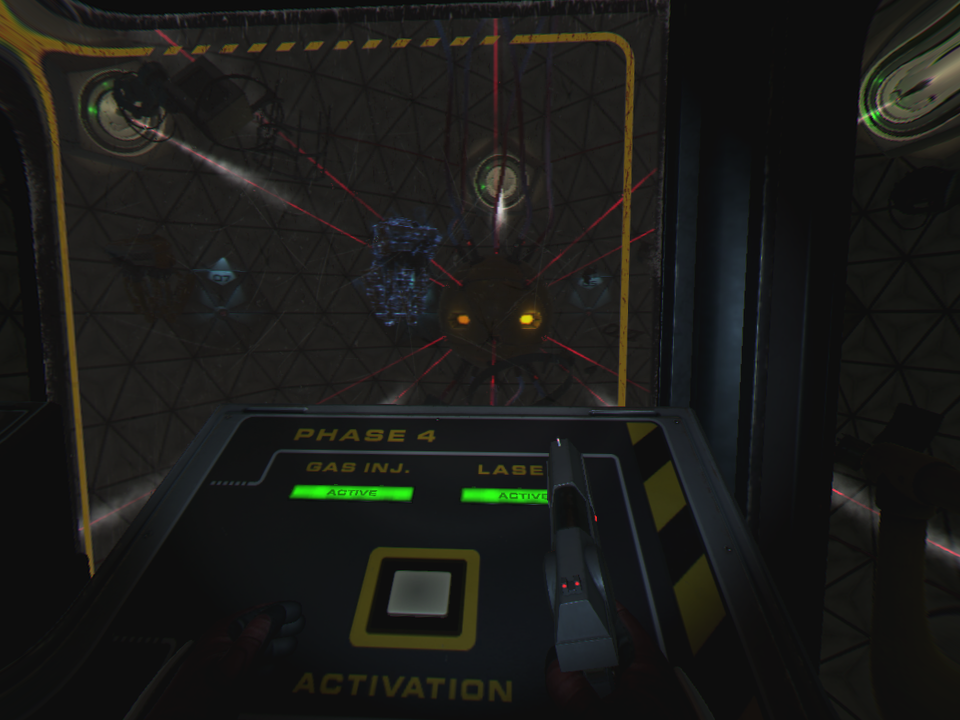
-
Downward Spiral Horus Station Review #48
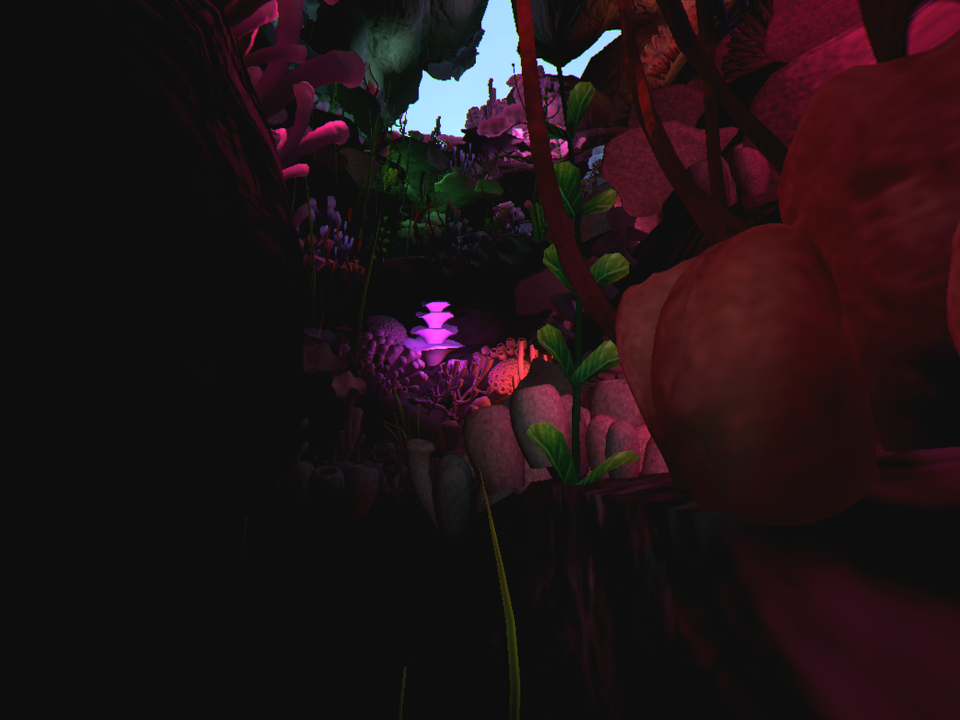
-
Downward Spiral Horus Station Review #49
